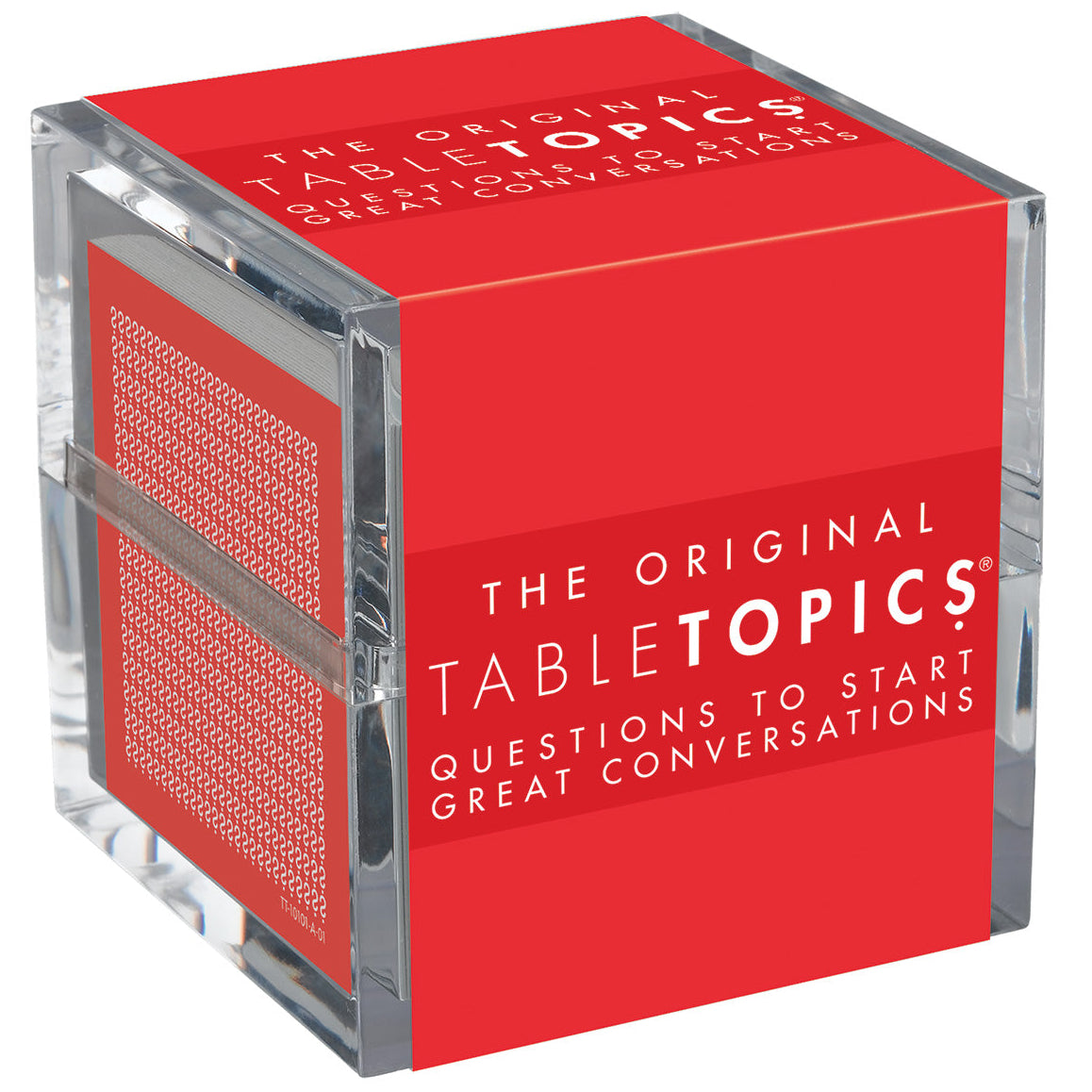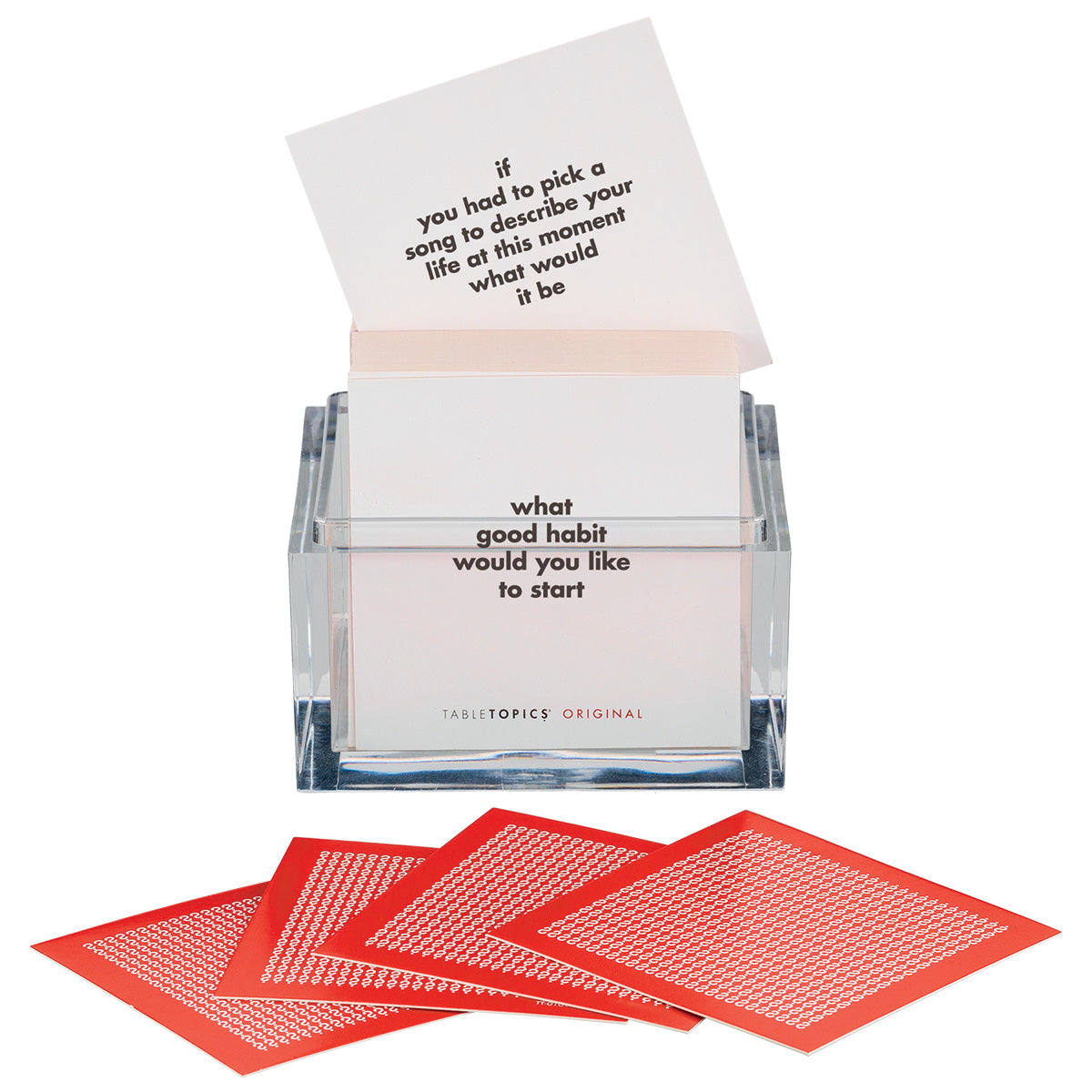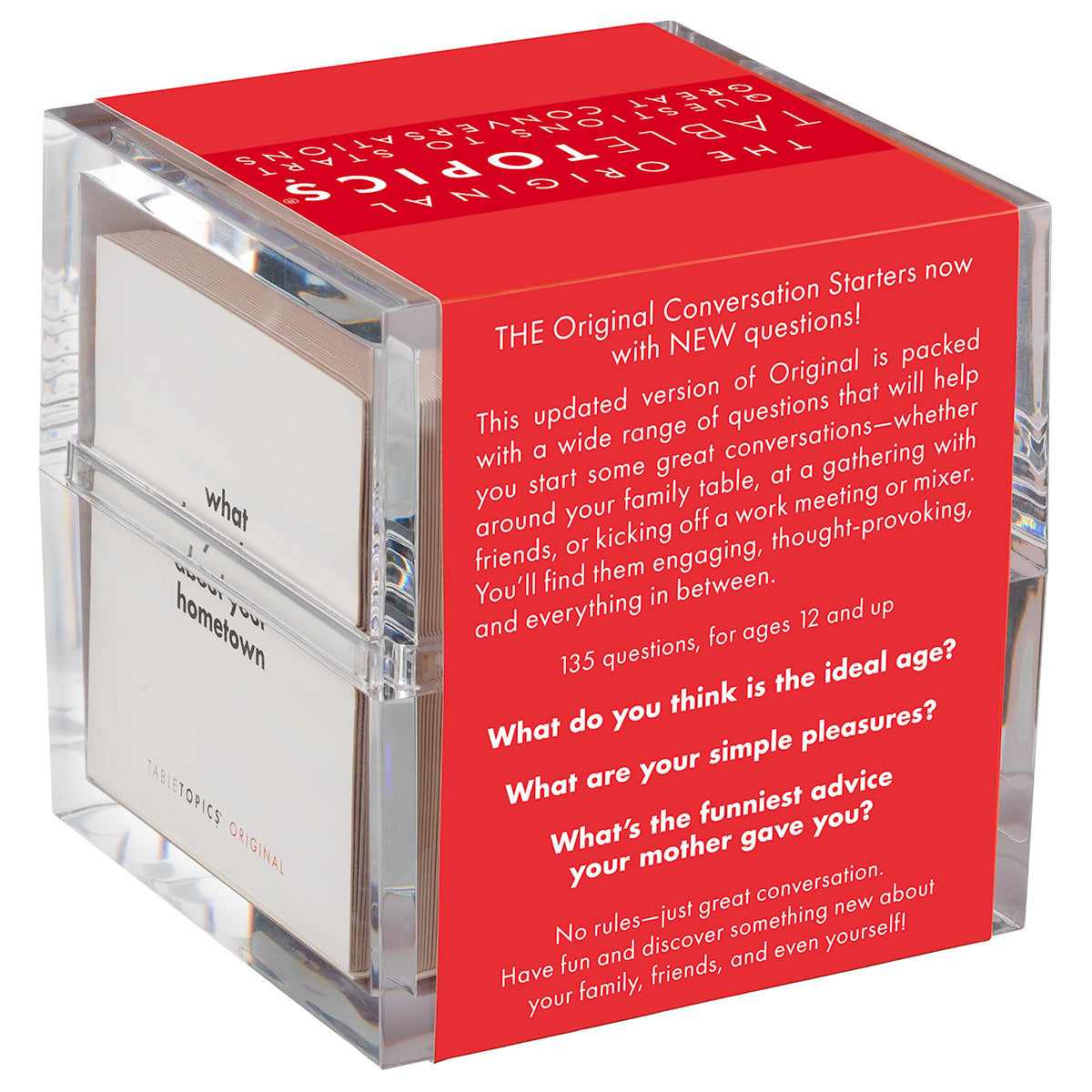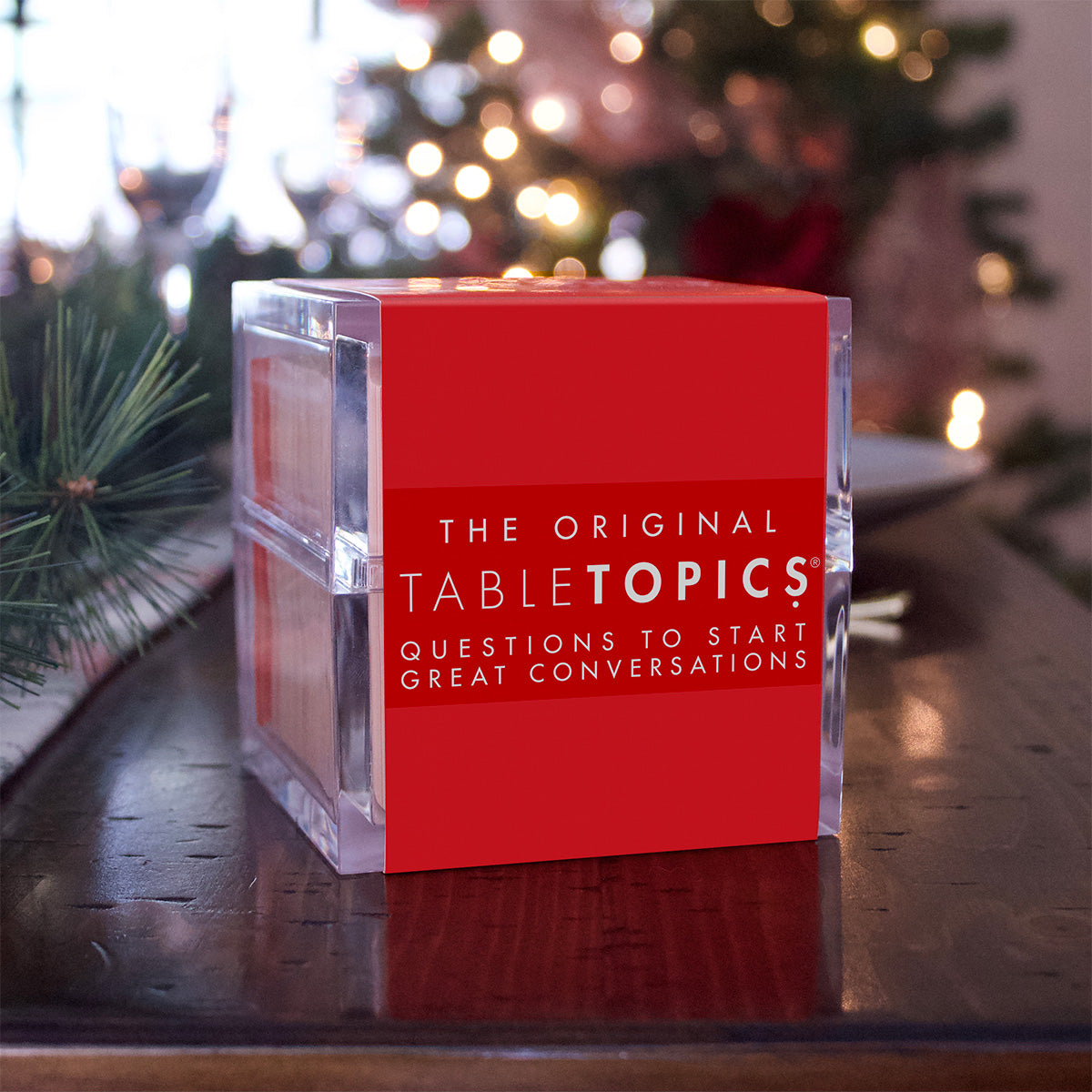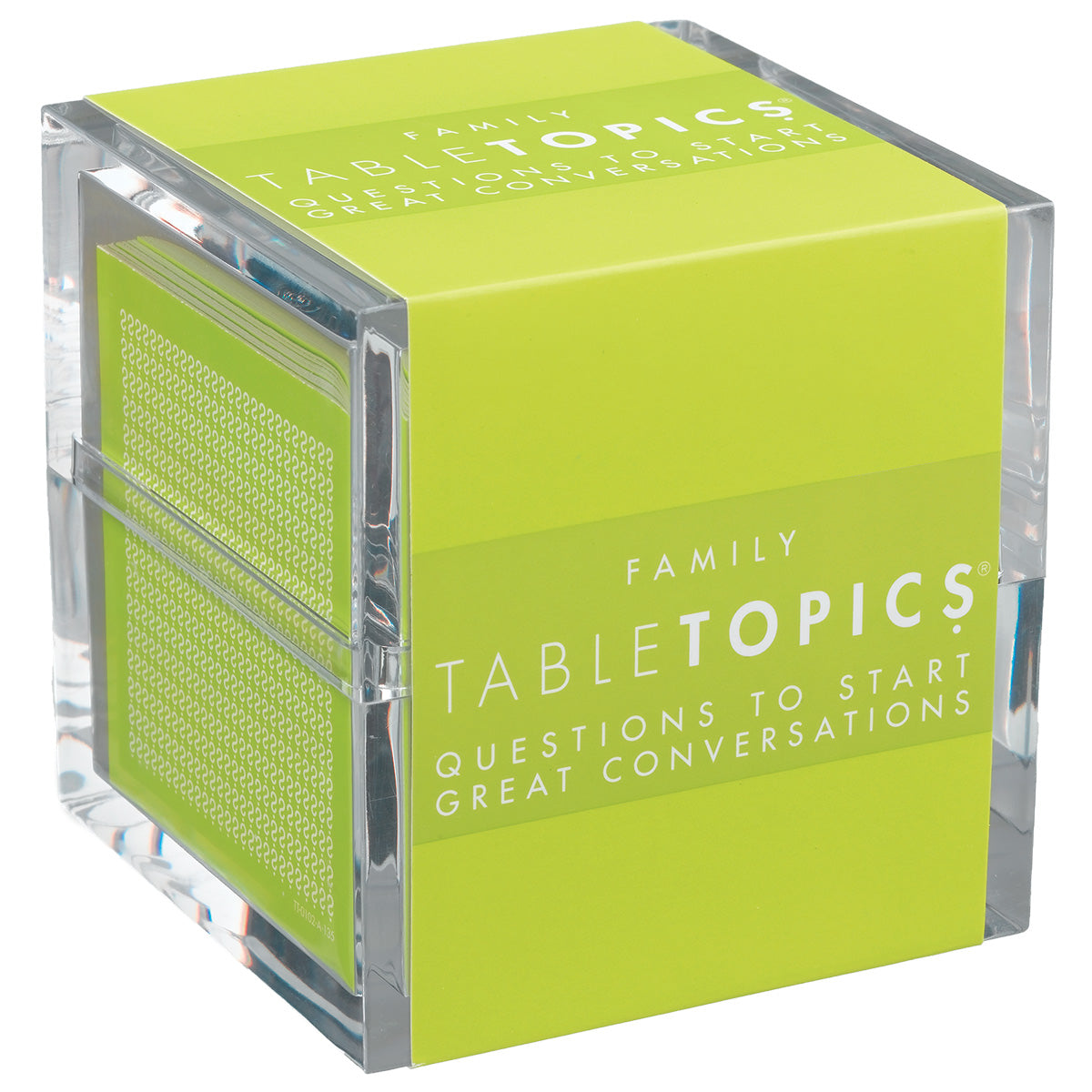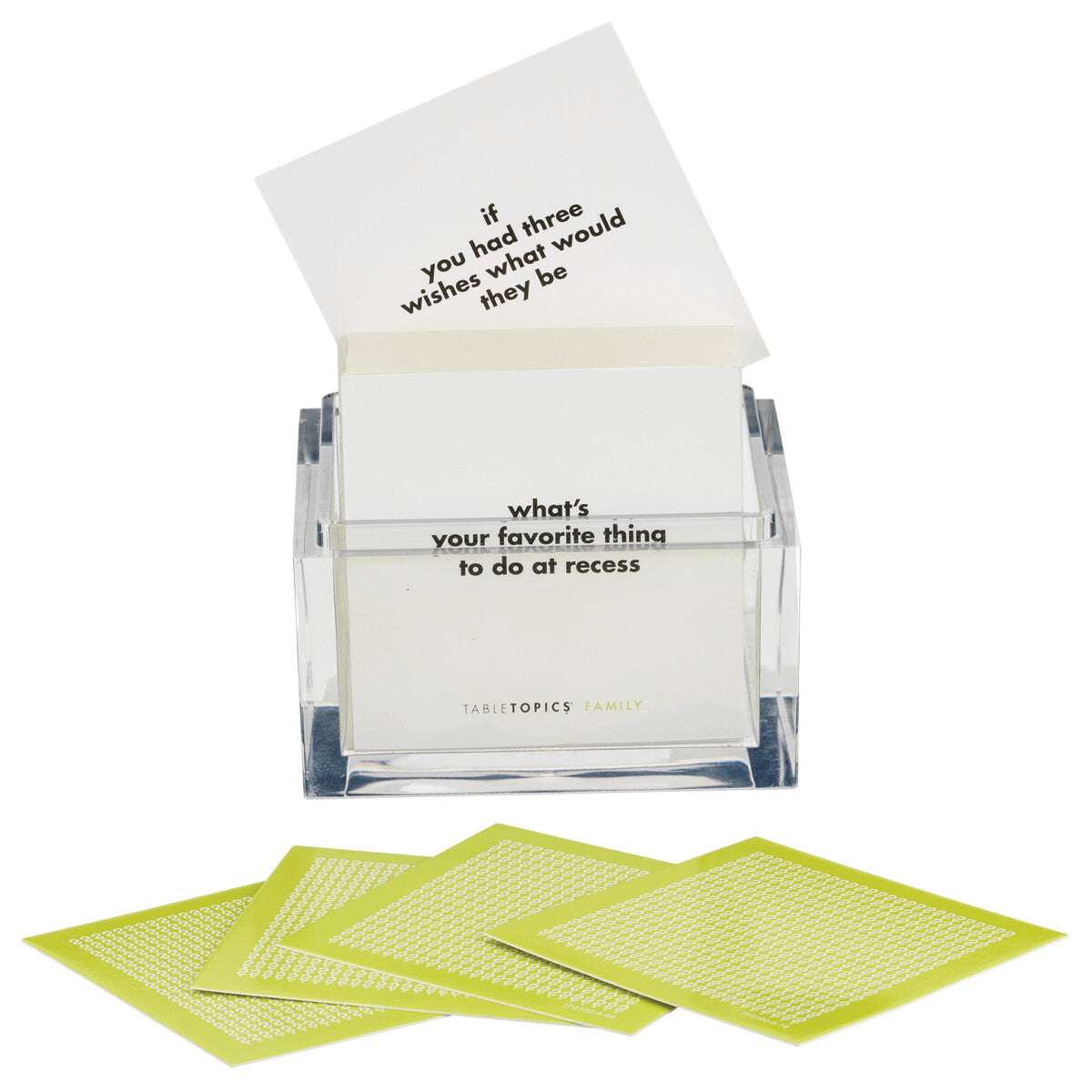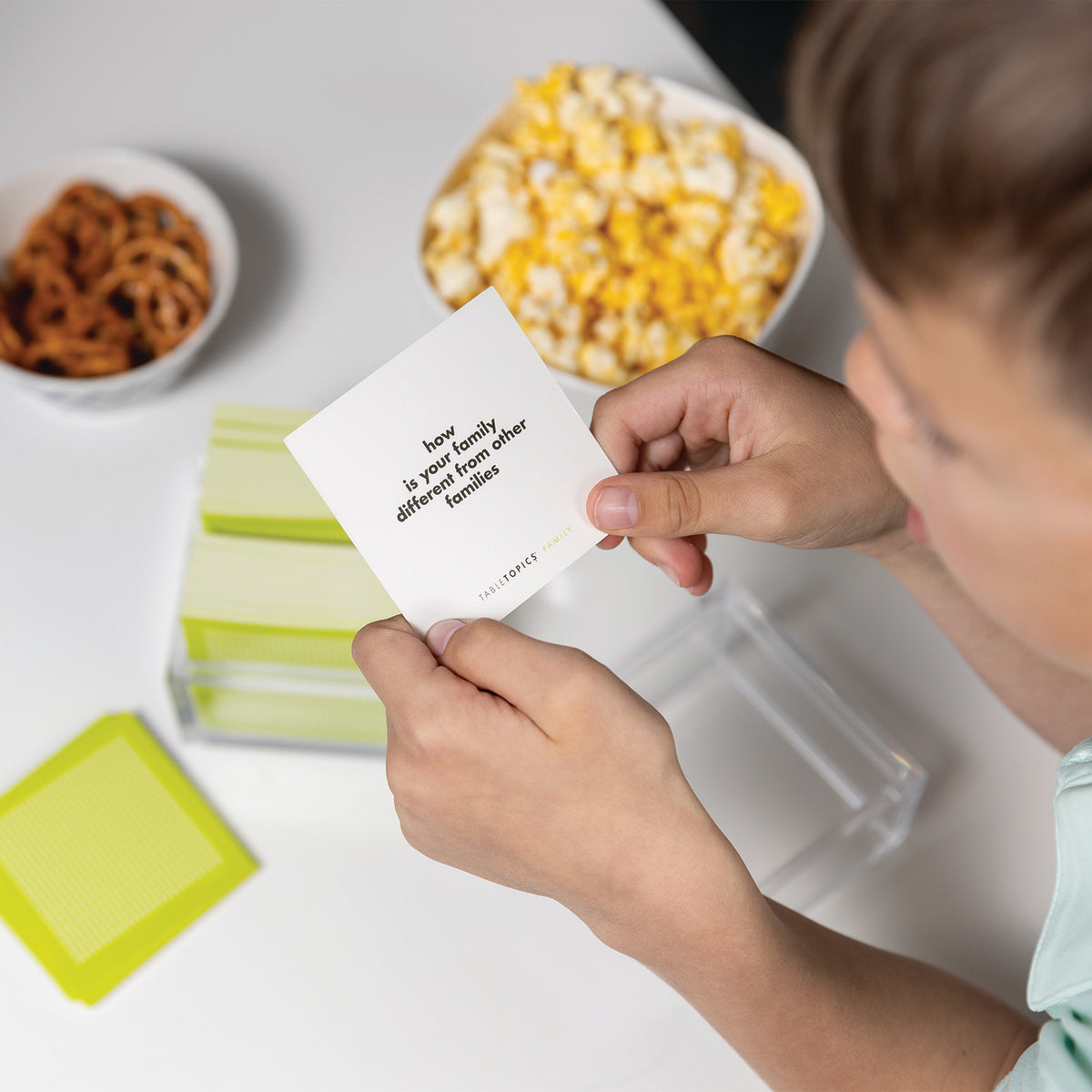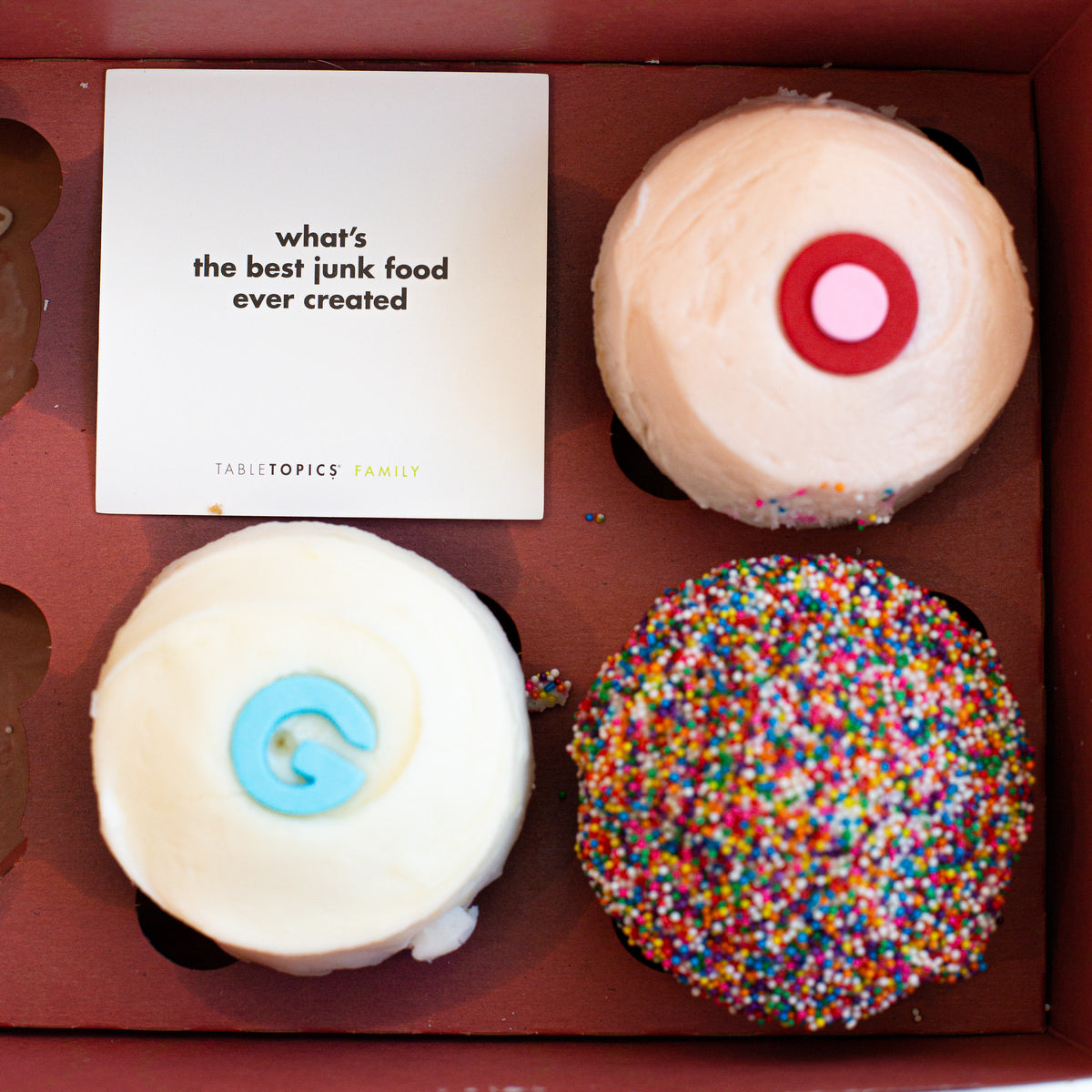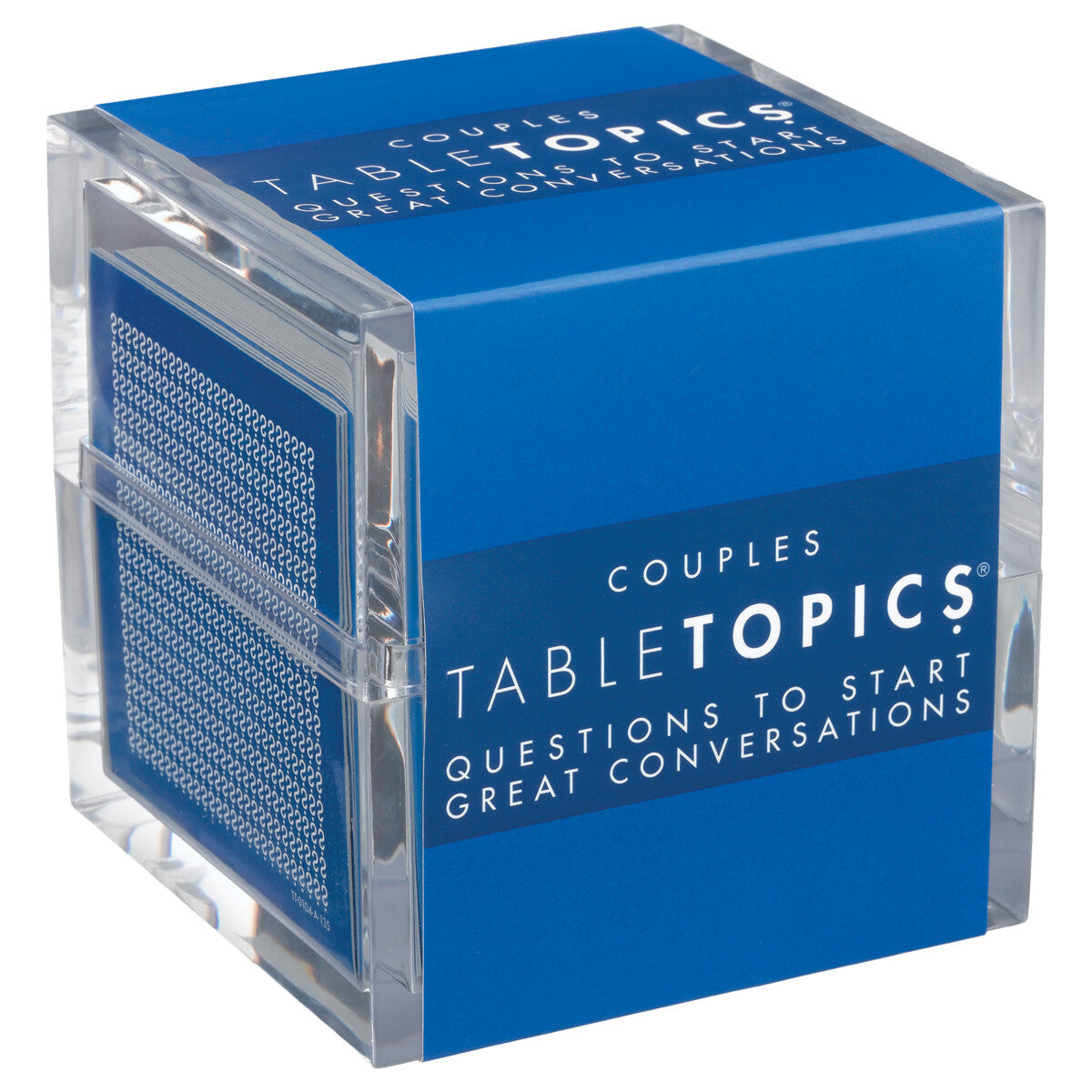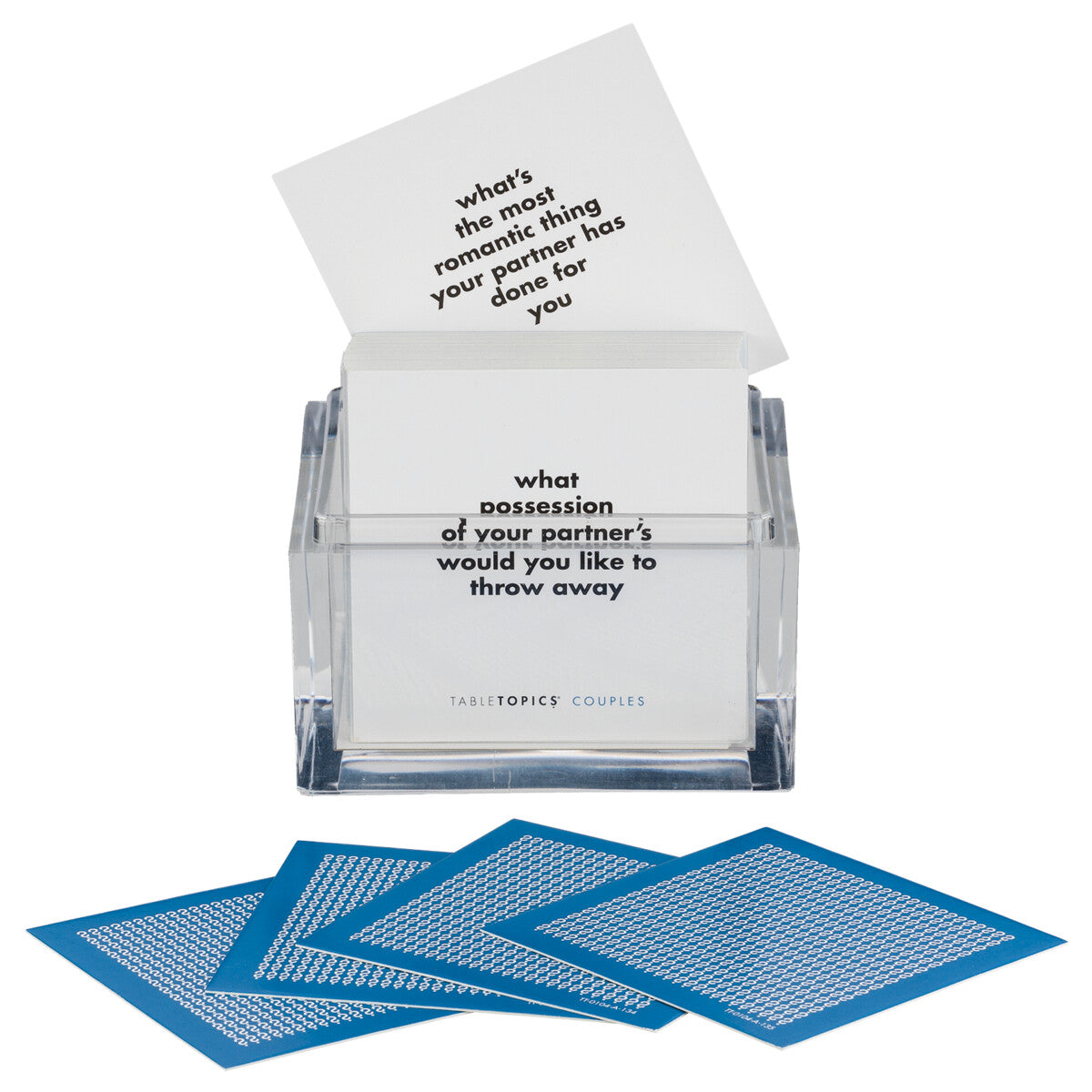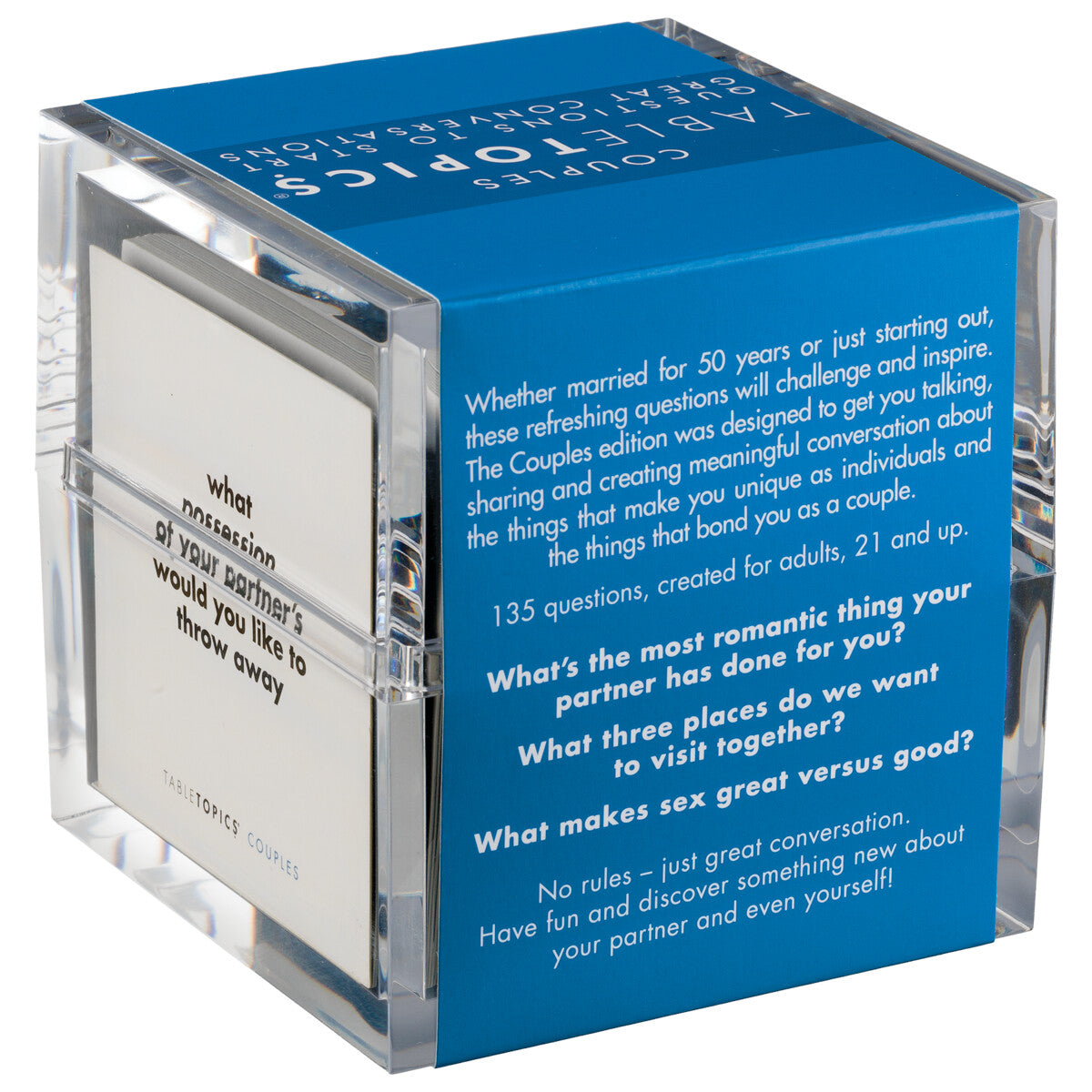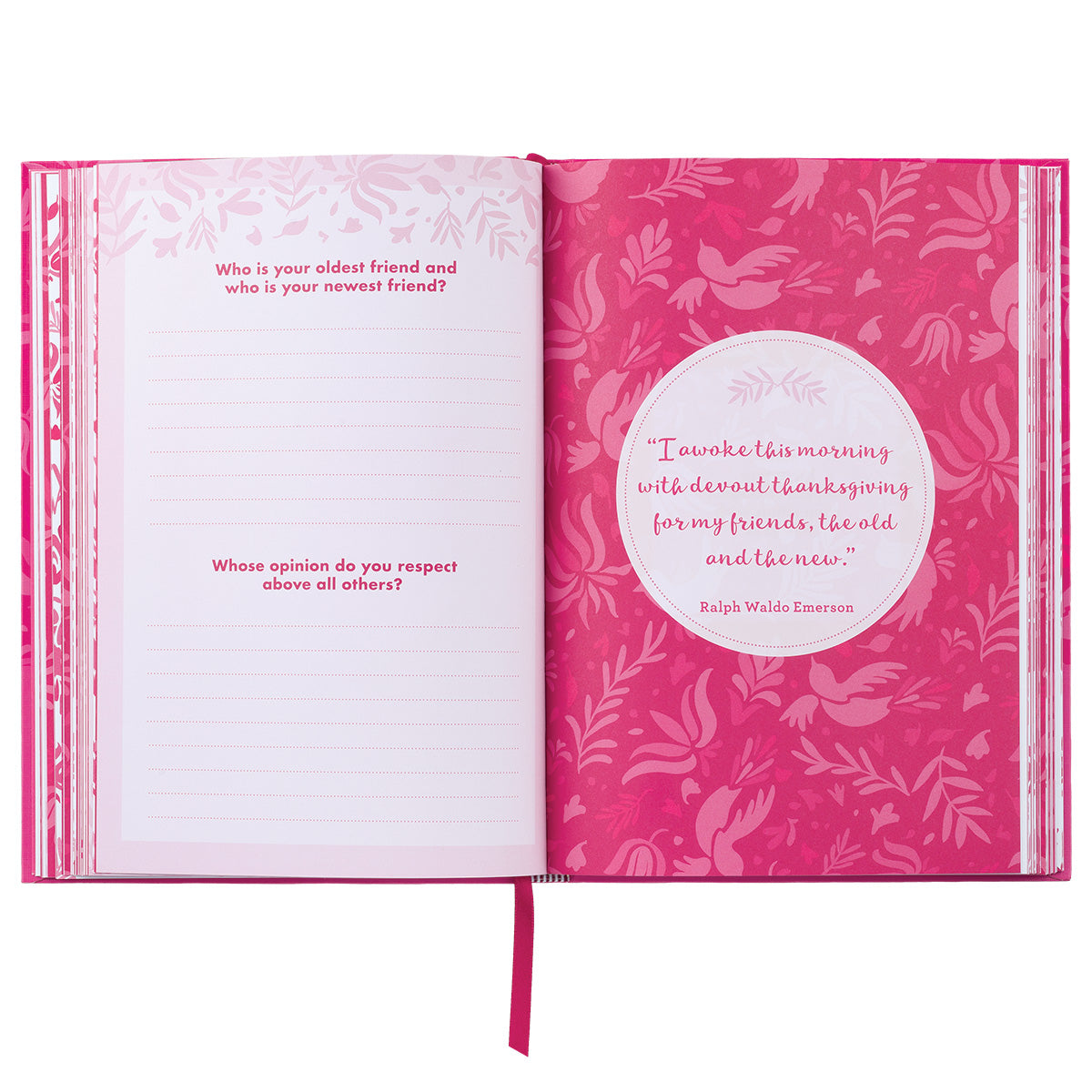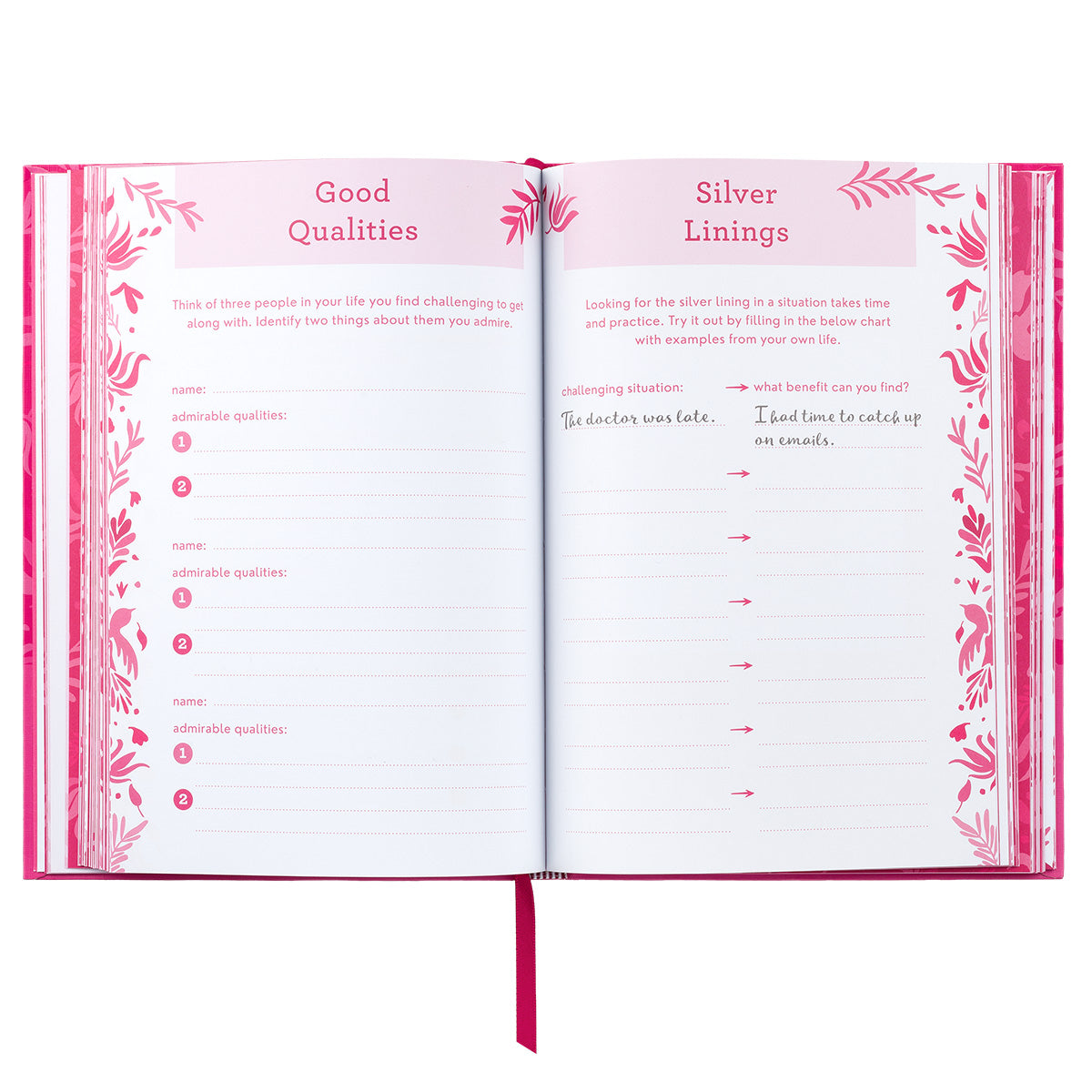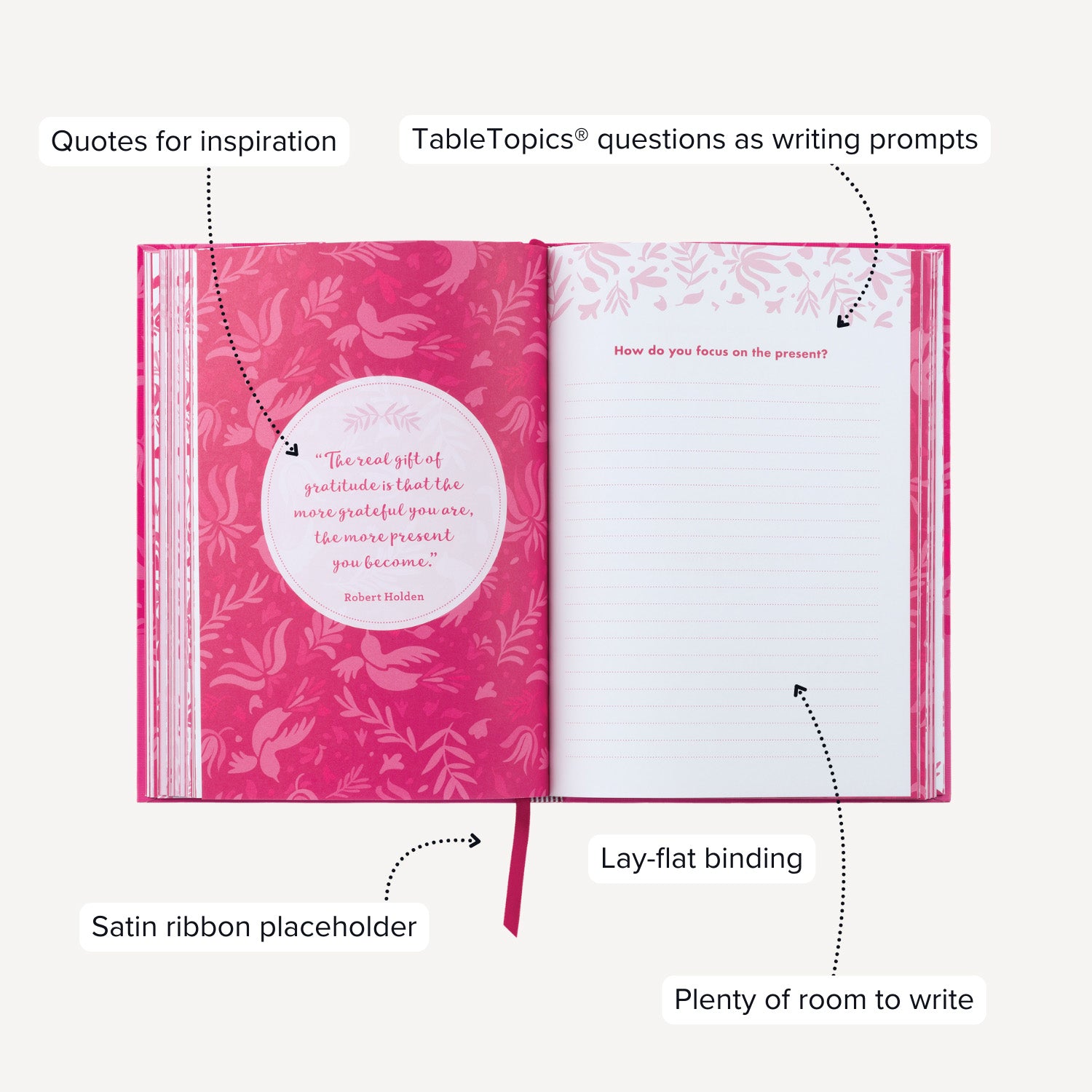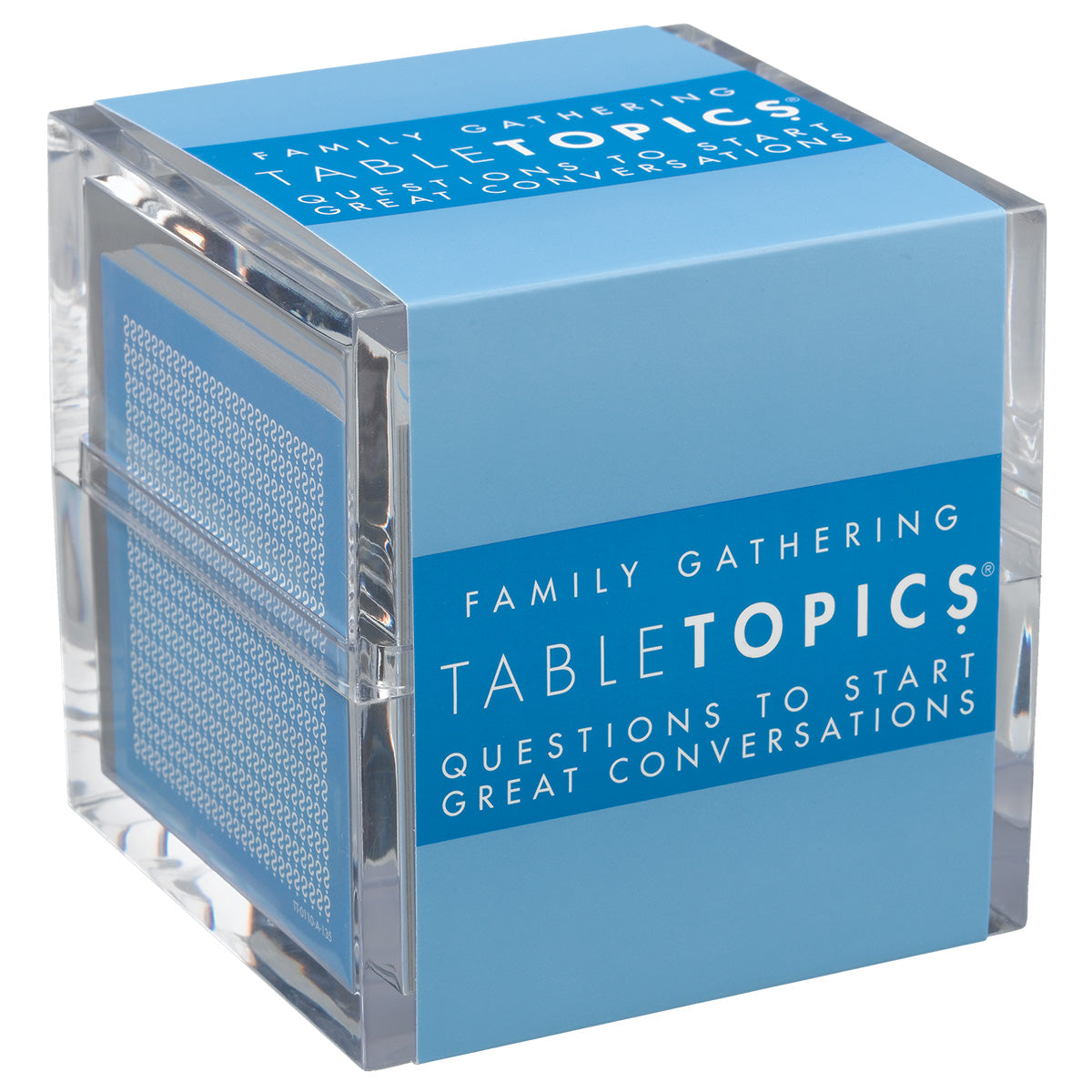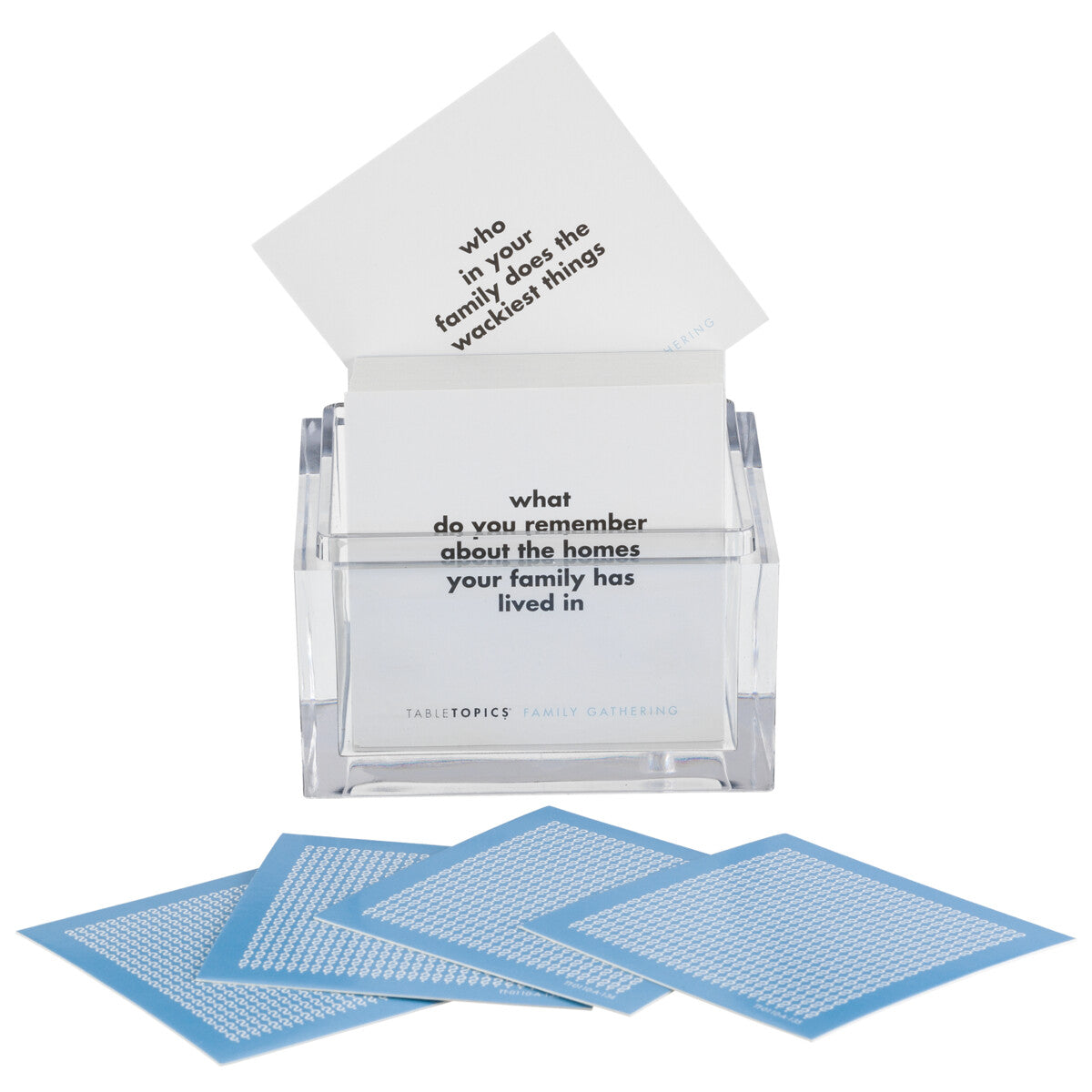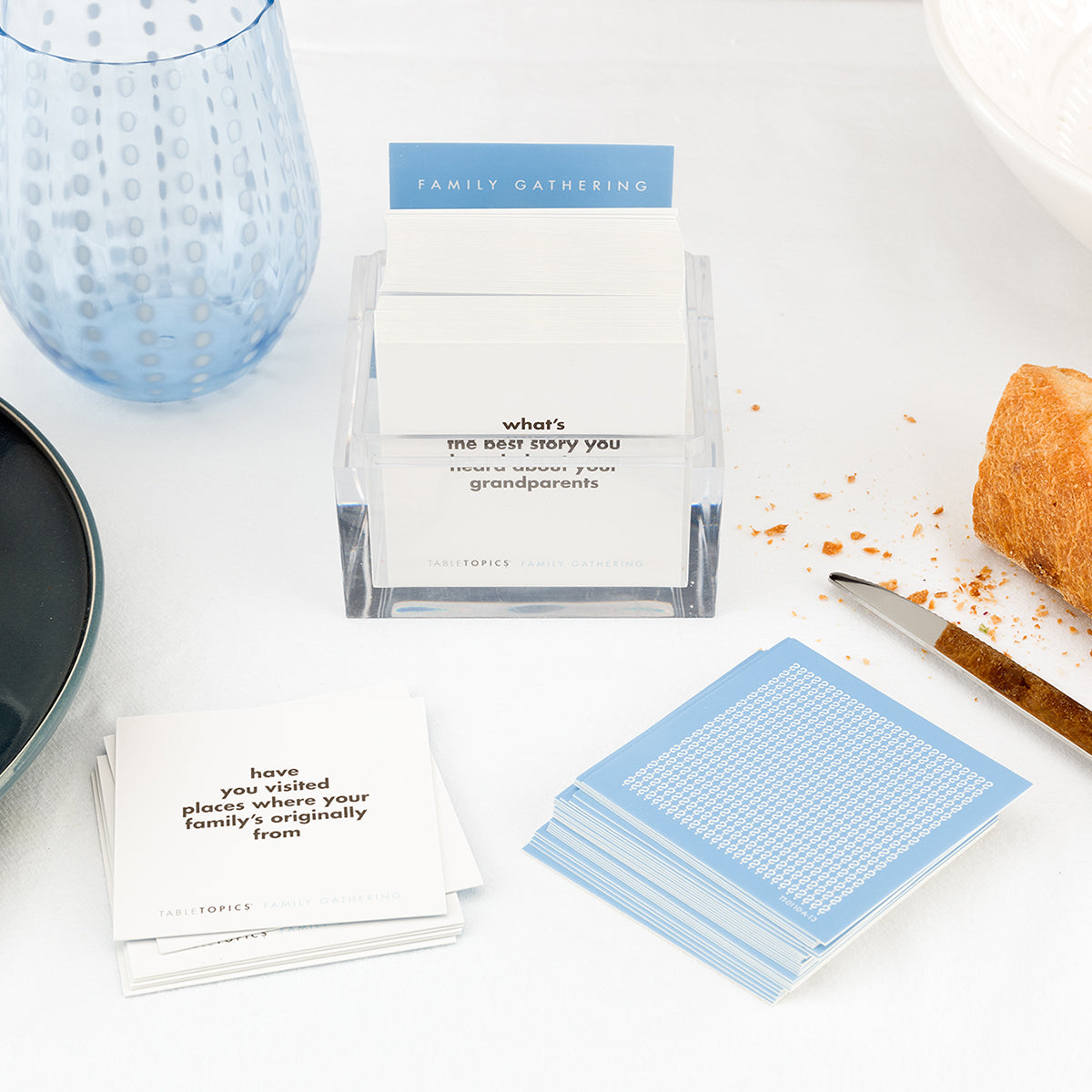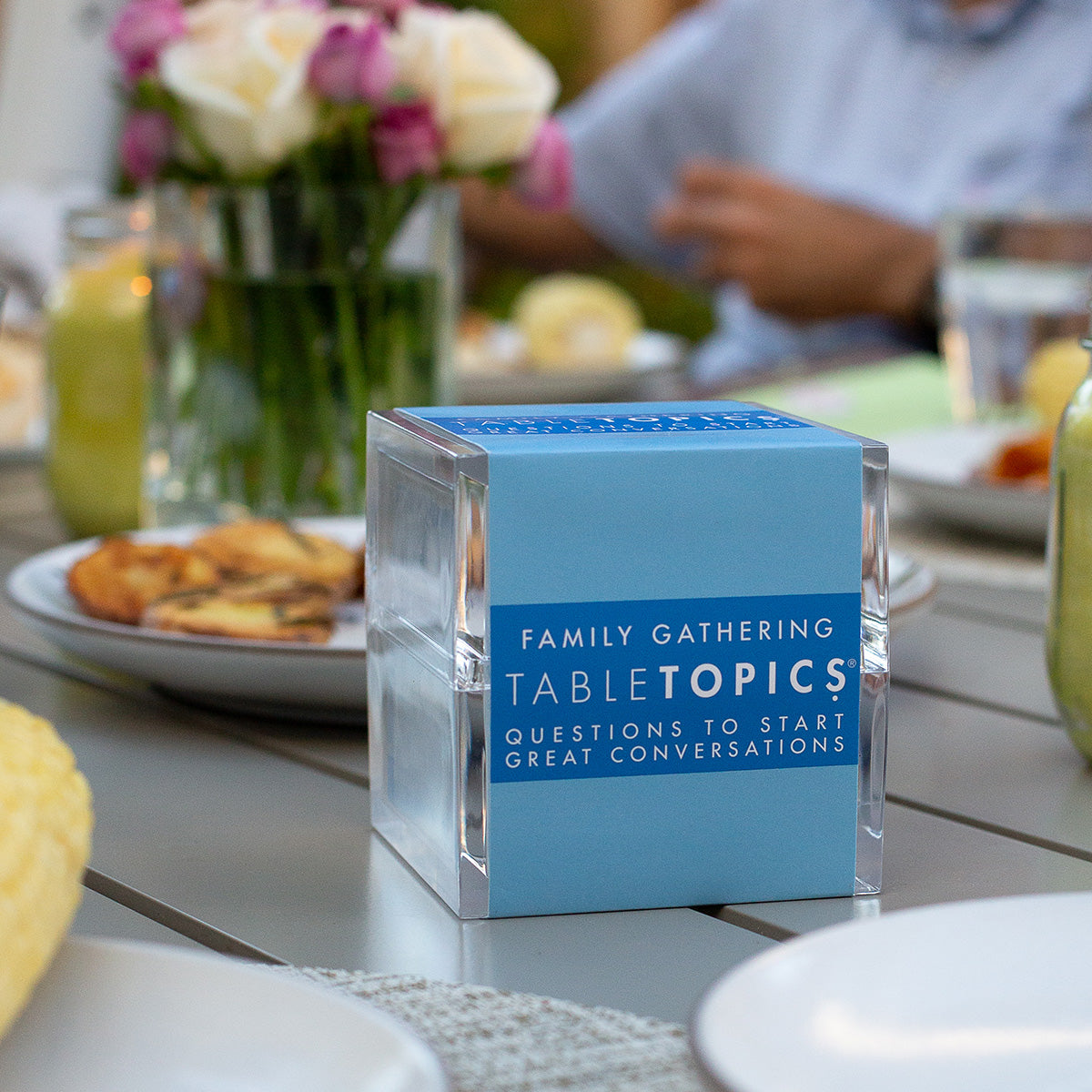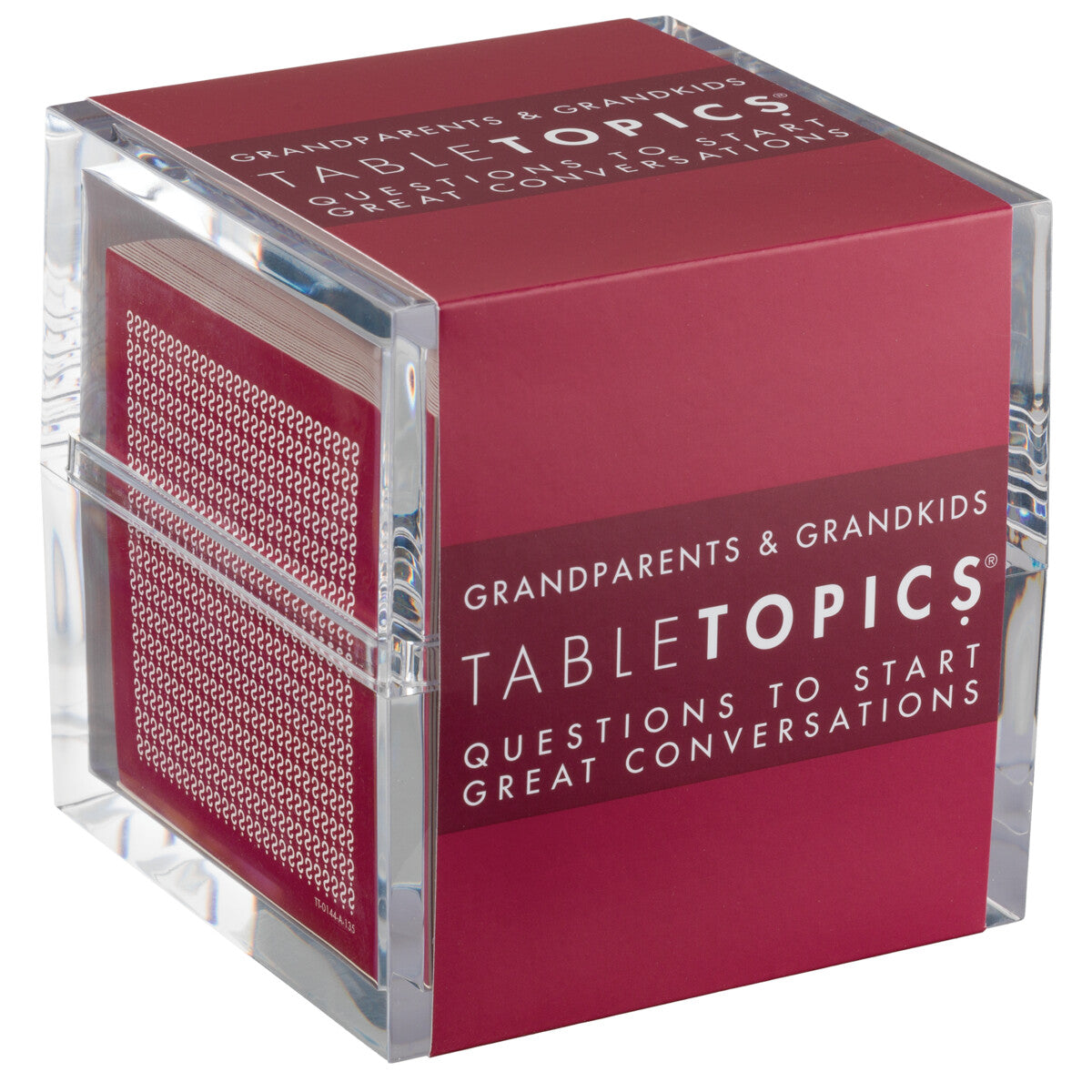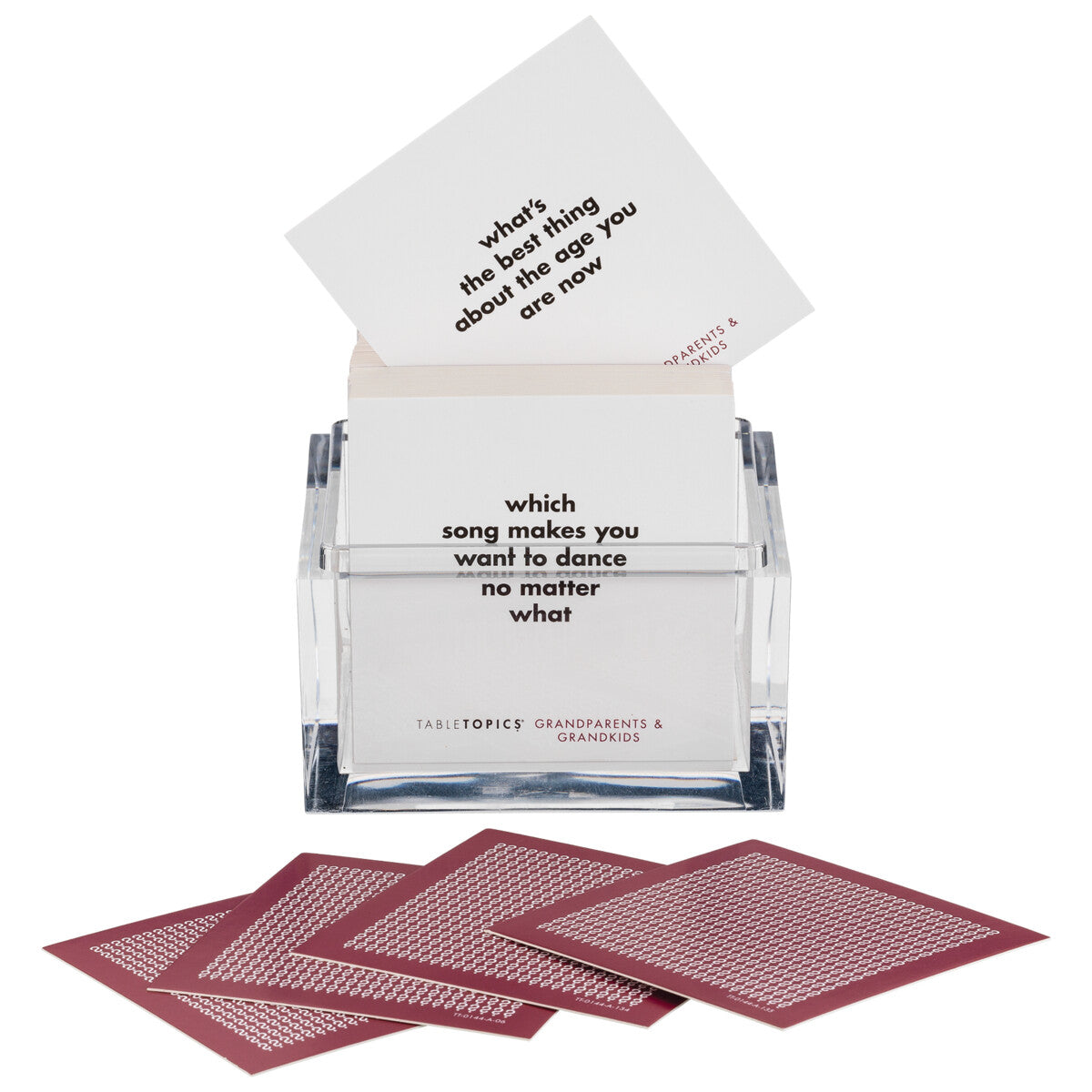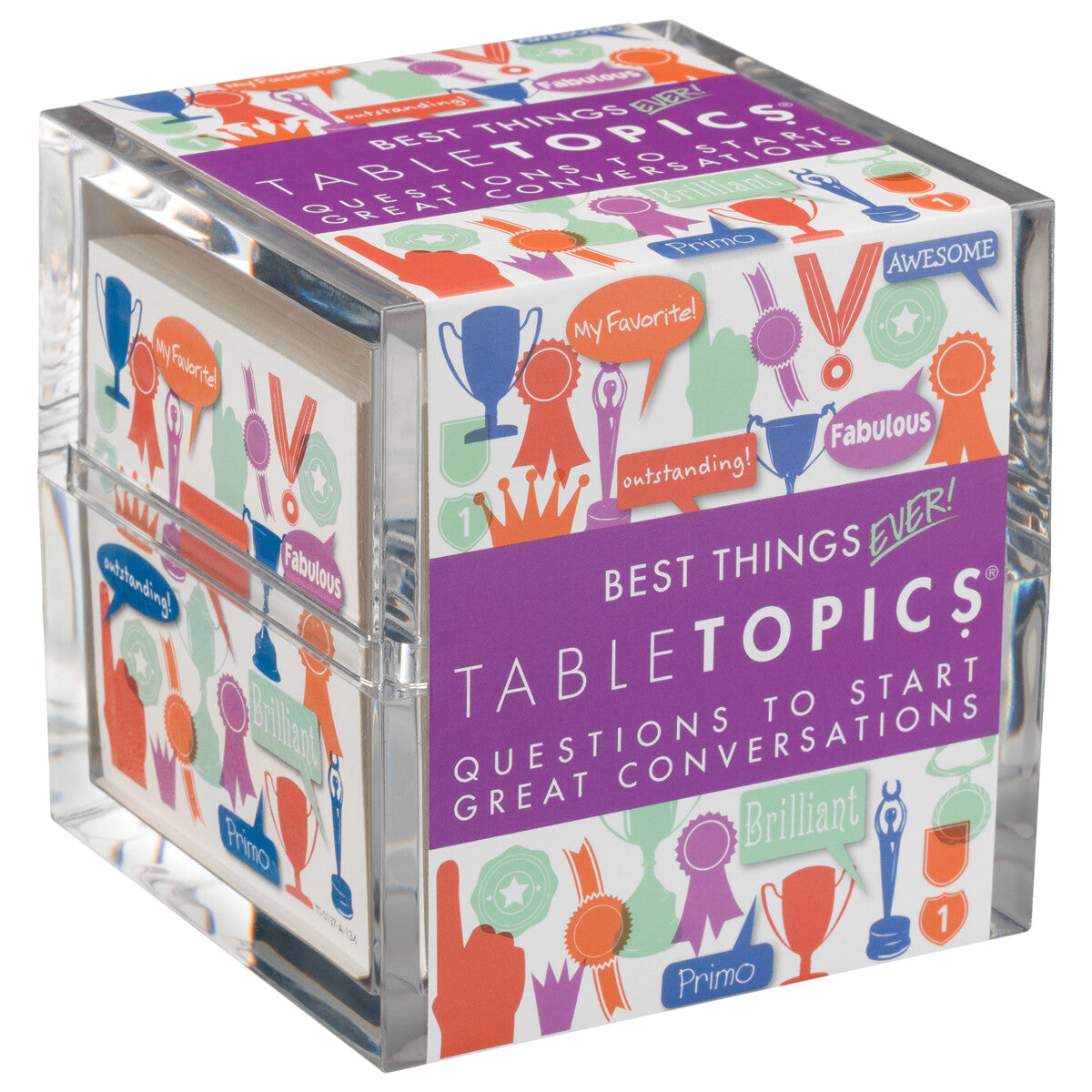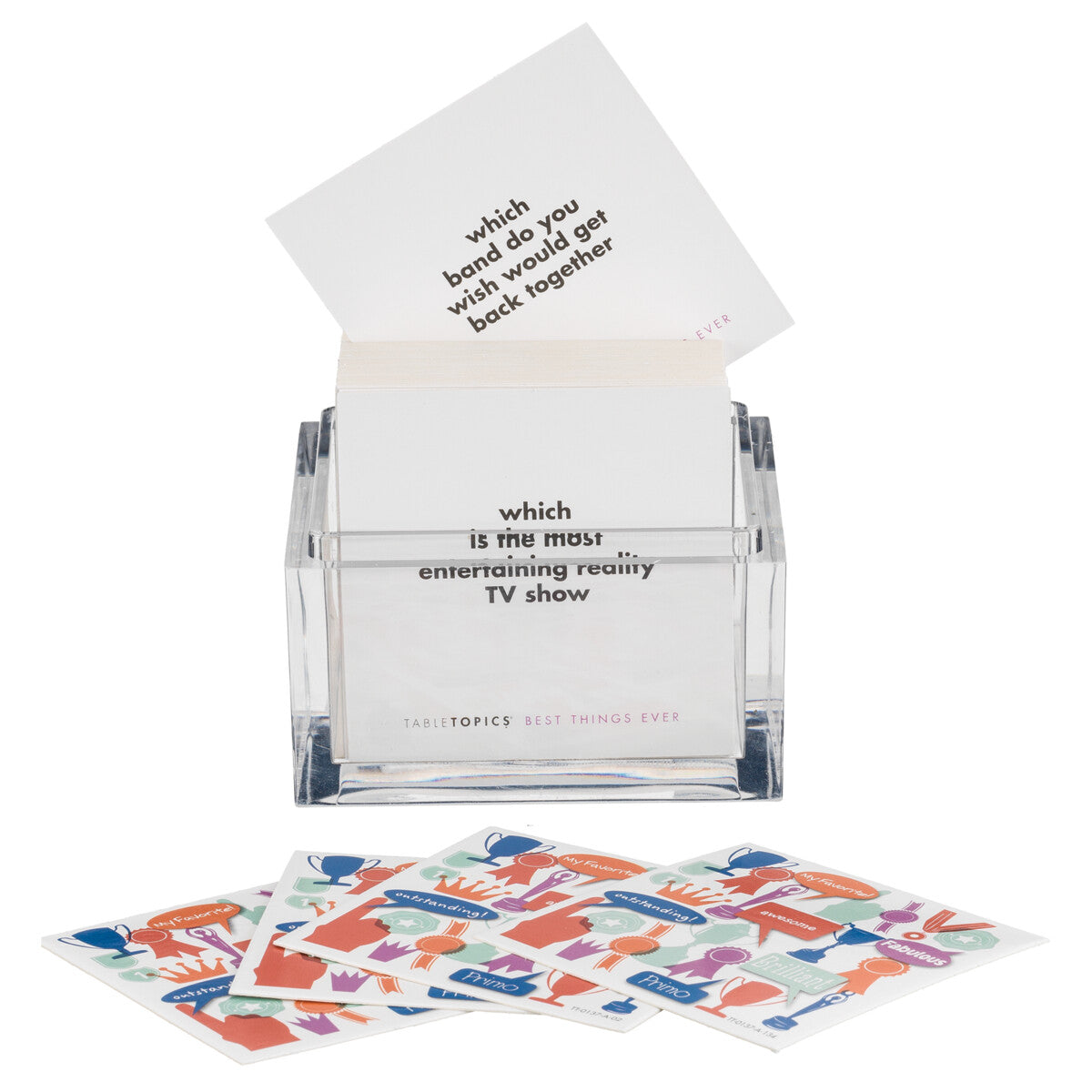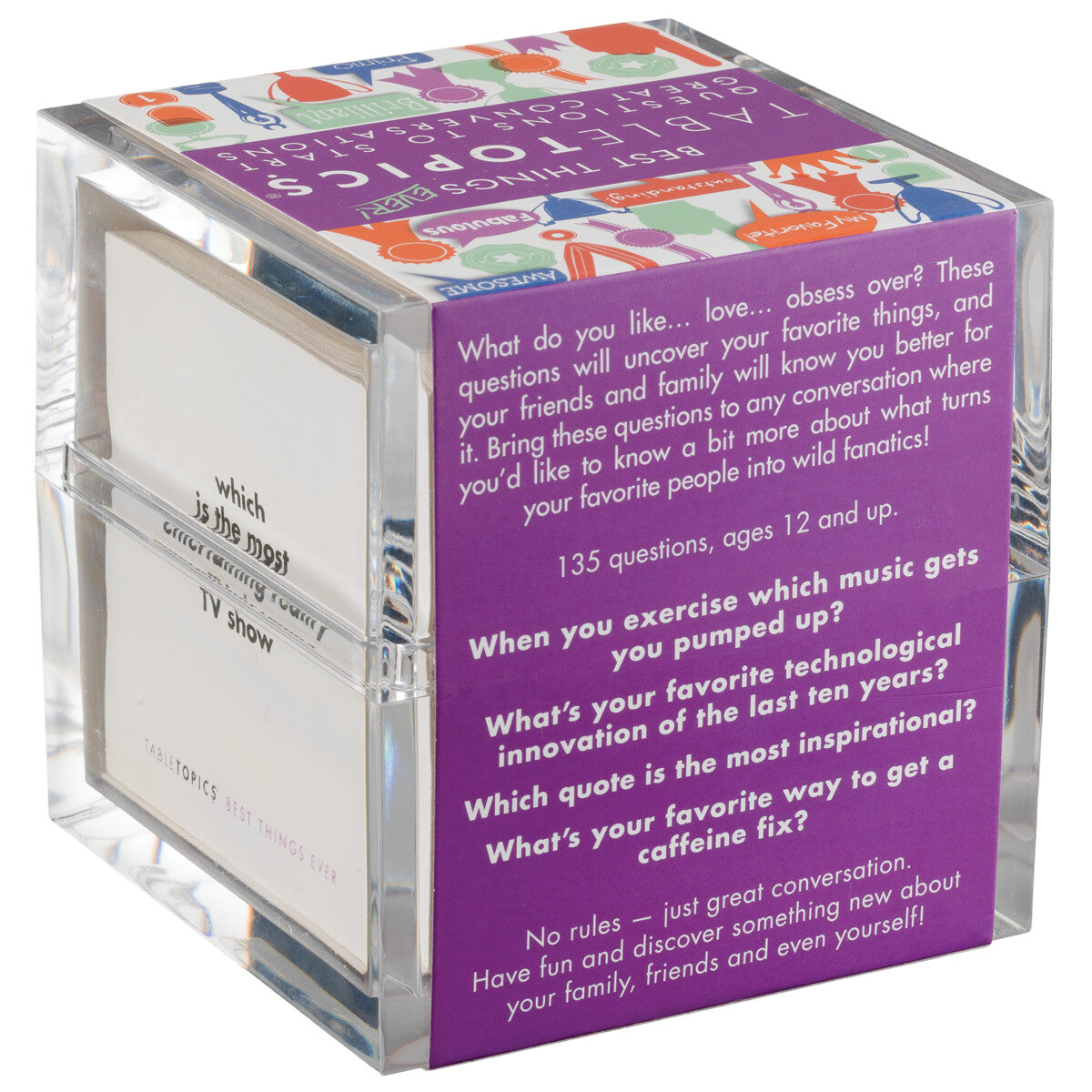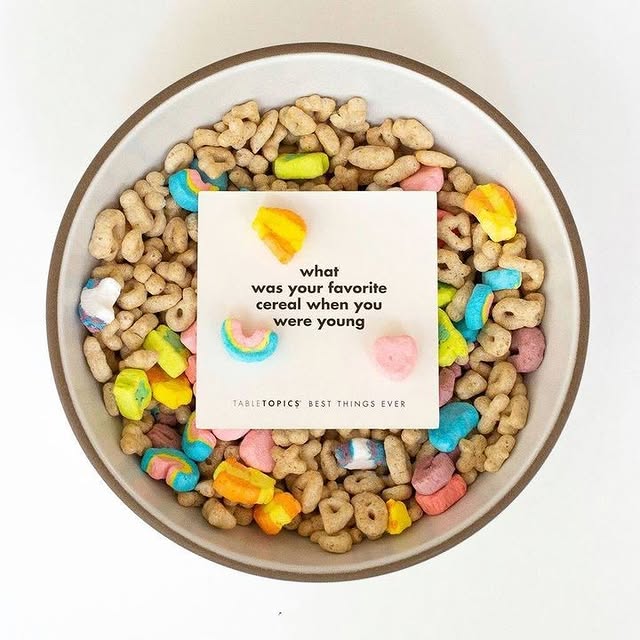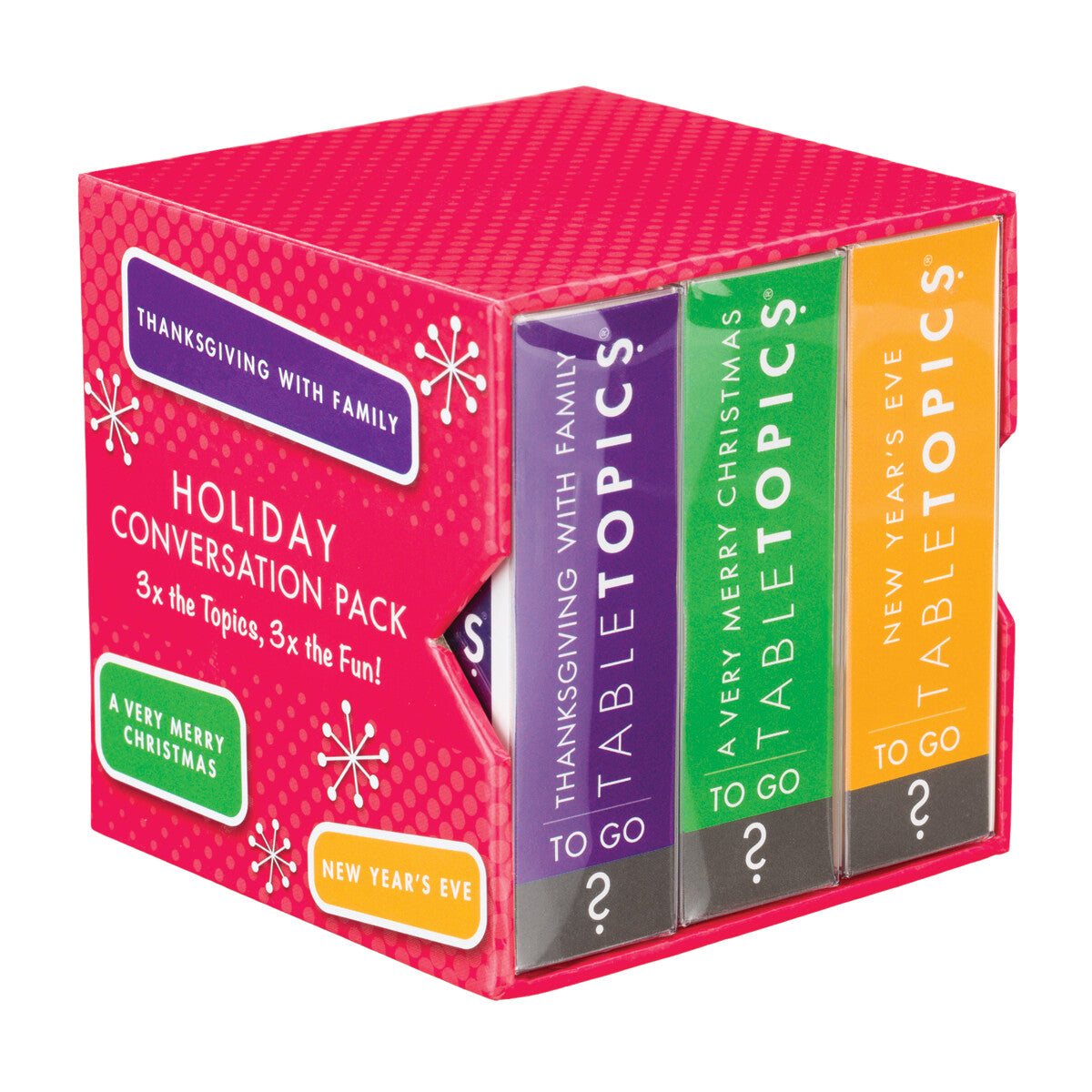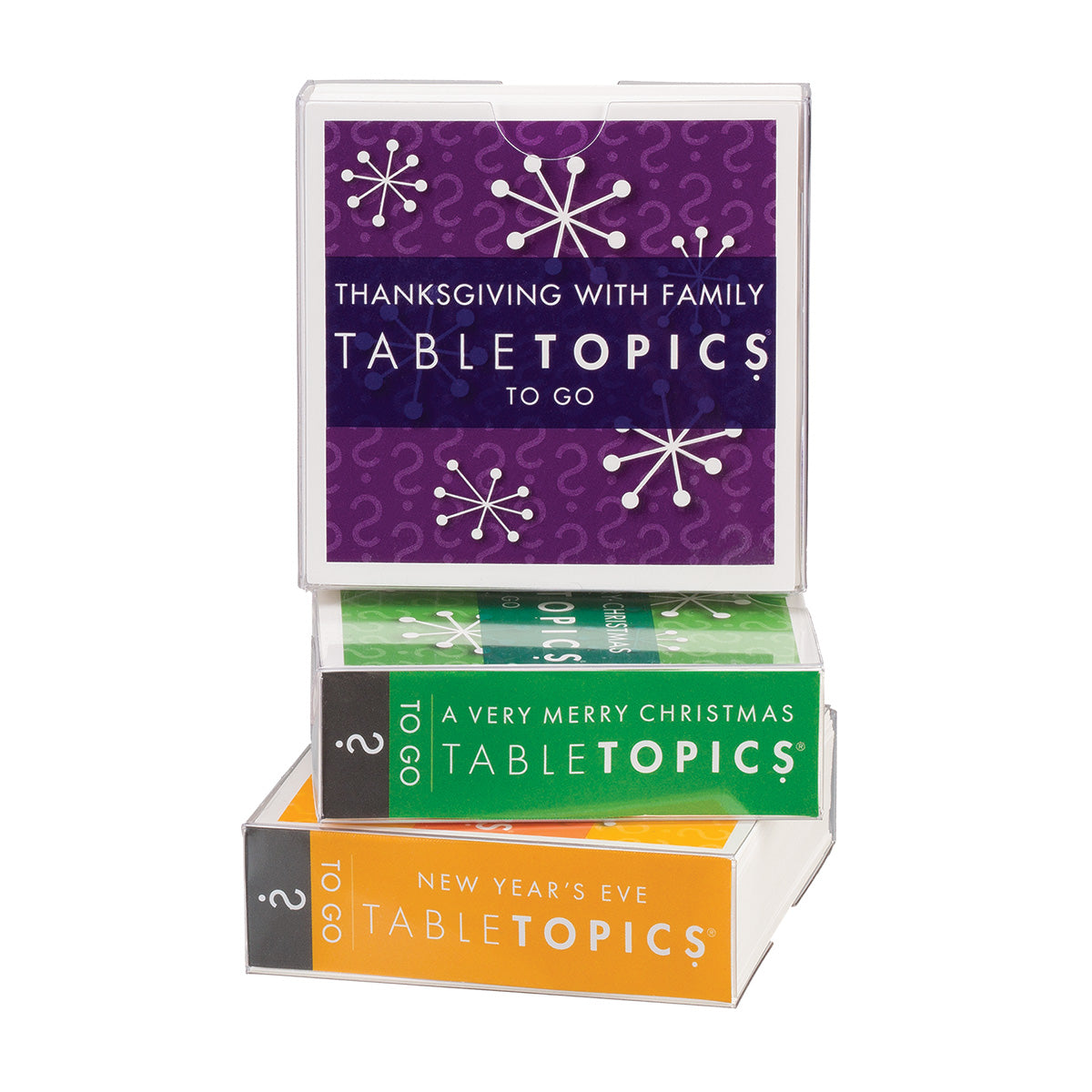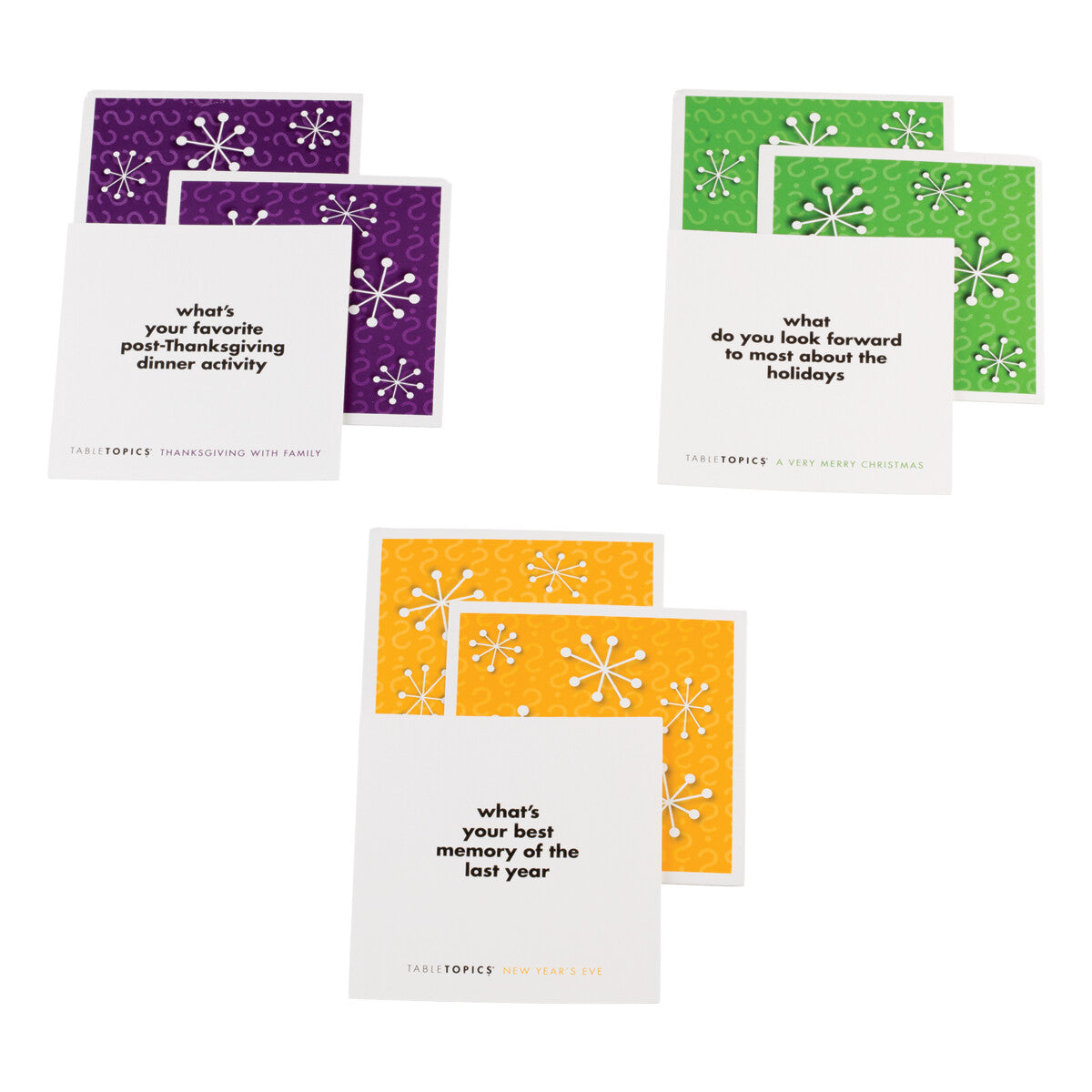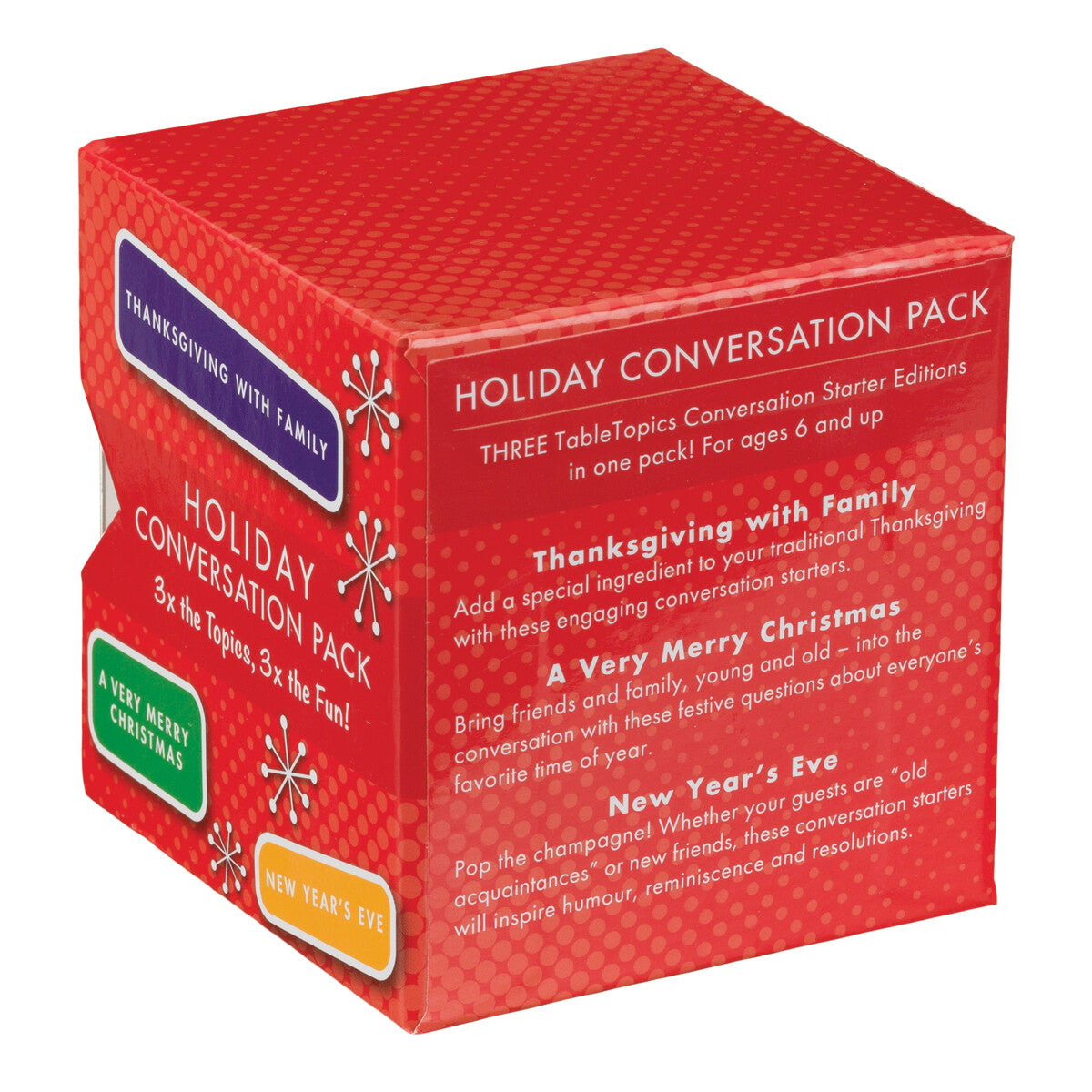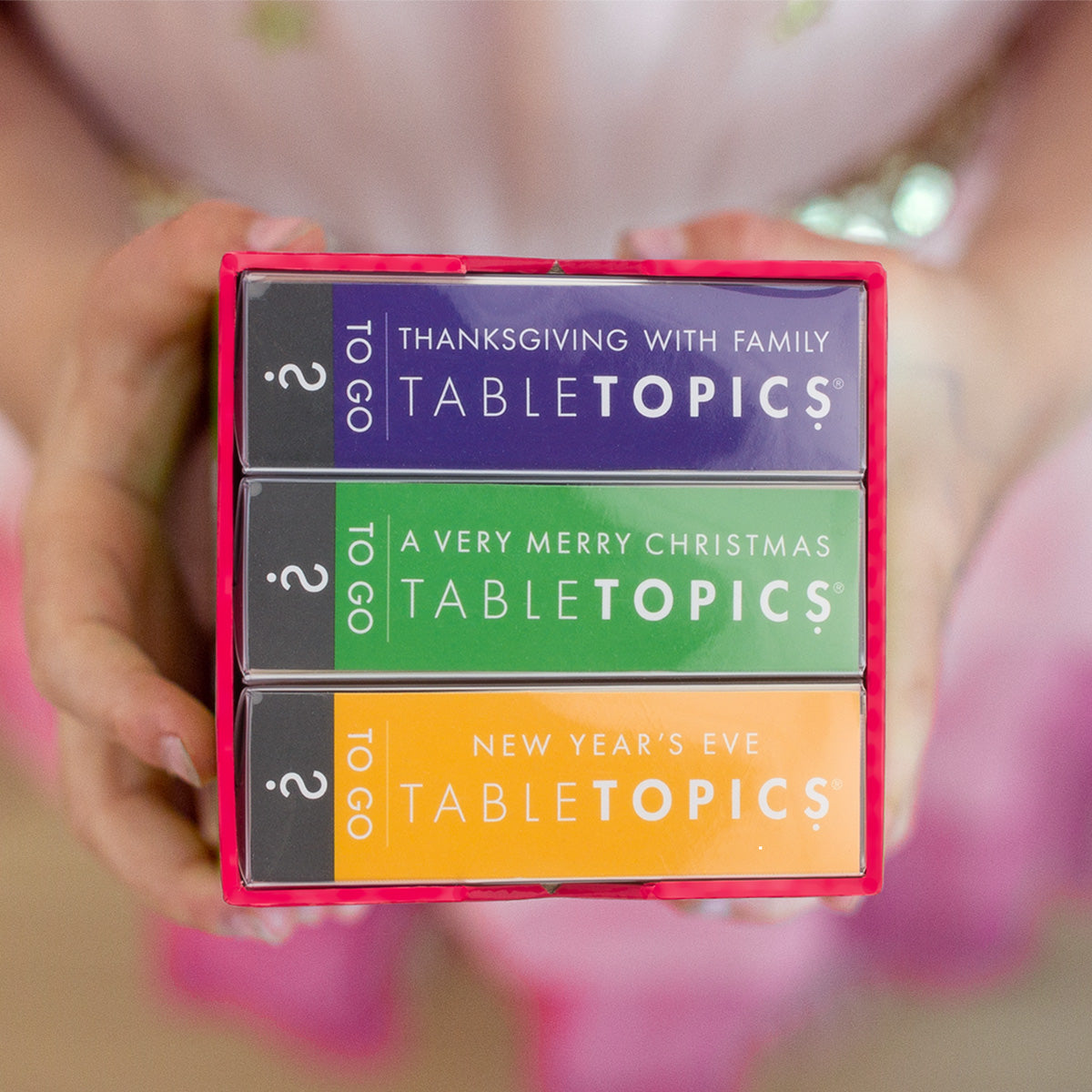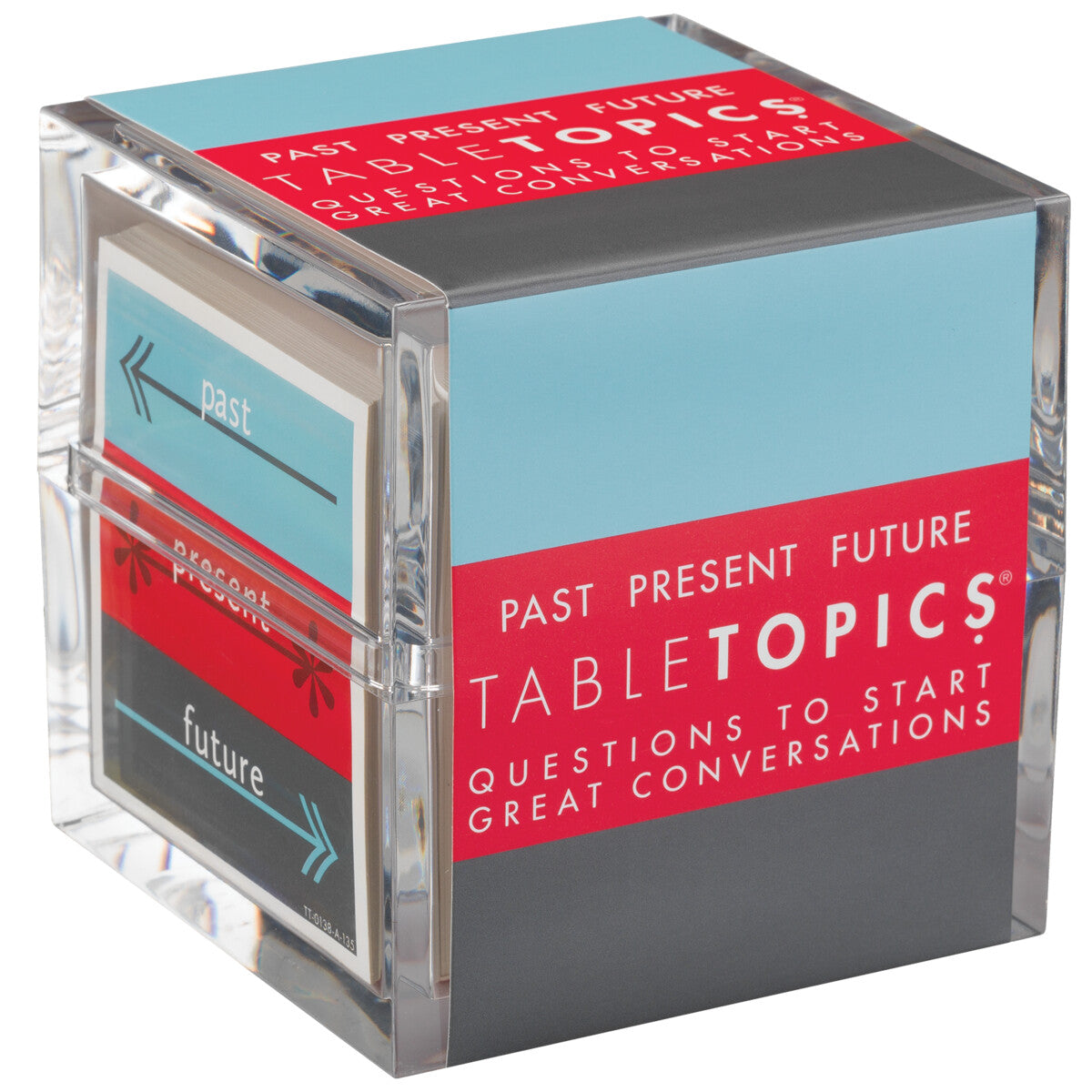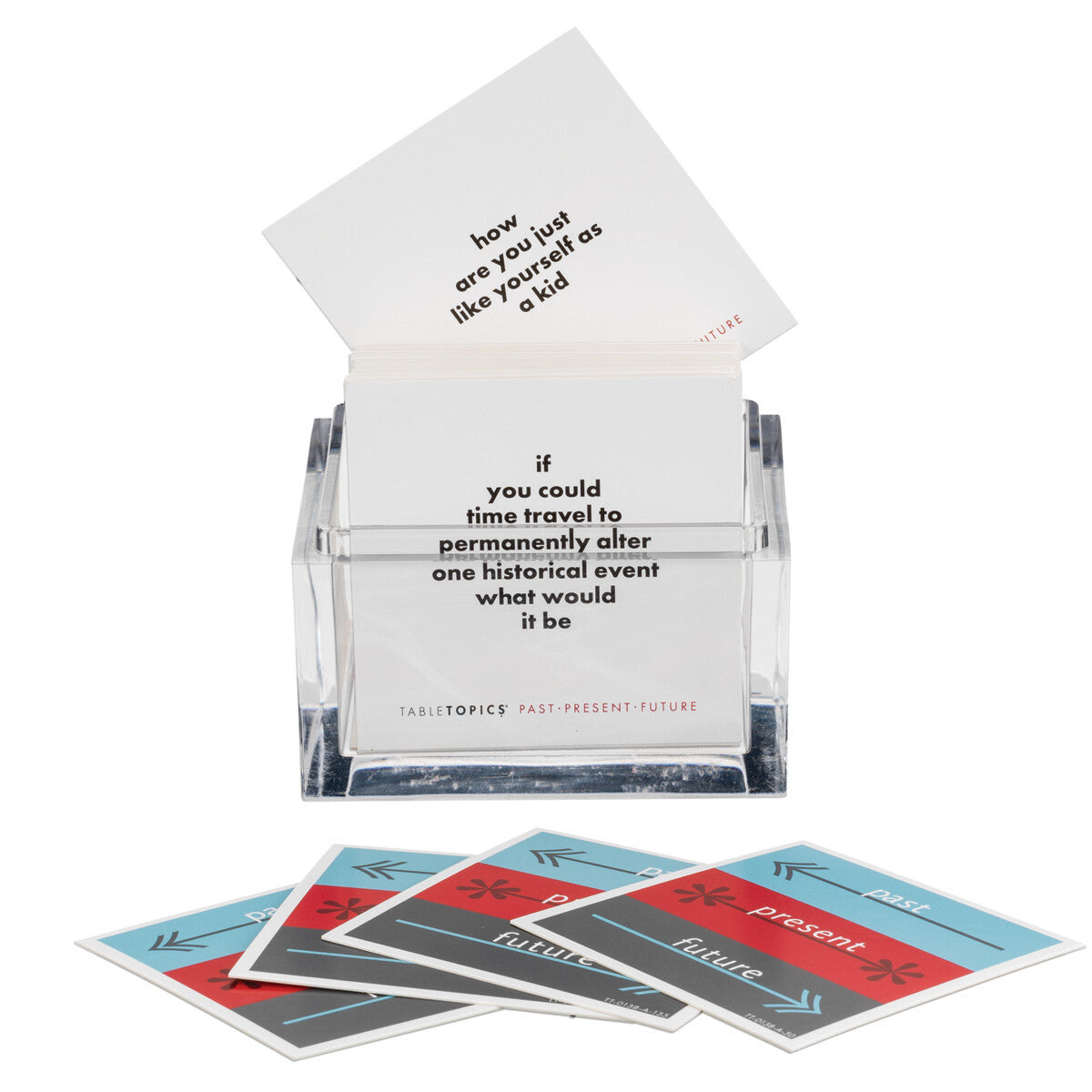Have you been meaning to host your family for a while? Maybe you’d like to throw the next big holiday dinner or just a fall party? Check out our tips and ideas for planning and enjoying a large family party in your home including menu planning, easy-to-make party food, decorating, and more.
Tip 1: Determine when you’re hosting and who’s invited
First, you should decide what kind of family party you’d like to host. Is this a casual family gathering or is this a big holiday celebration?
Next, figure out who you will invite. Your family size and which family members are local will help you narrow down your invite list. If you have an exceptionally large extended family, decide on what your maximum hosting capacity is and narrow it down that way.
A good rule of thumb is 10 square feet of entertaining space for every guest. So, if your dining or common area is smaller than 200 square feet, you should keep your guest list to 20 people or less. Decide if your party will be mostly adults or a mix of all ages.
If everyone is local, be sure to give guests a month’s notice. If this is your first time hosting a big holiday and people will need to make a longer trek, give a few months’ notice.
Sending invitations:
Decide how to send your invitations. Especially for family, it’s a nice gesture to give everyone a quick call to invite them and catch up before the party. If you want to be more formal, send an email out to everyone with the details of when the celebration is and what you’d like them to bring. A couple of invitation creation sites we really like are Paperless Post and Canva.
Always specify a start and end time, even with family. While it may seem rude to have an end time, signaling when to arrive and when to wrap it up is the secret sauce to less stressful entertaining for you and your guests. Not only will your event end on a high note, but you’ll most likely get a little help with cleaning up, too. Providing an end time on the invitation also keeps people from showing up late if the gathering only lasts two or three hours. As the host, keeping to a schedule gives you time to decompress and clean before bed so you don’t have to wake up the following day to a mess.
Tip 2: Decide on your party style
Here are a few options:
- Sit-down Holiday Meal: This type of party ensures that everyone can gather and really engage with each other. Depending on how many family members you’re inviting, set up a formal dining table with satellite tables in other rooms.
- Potluck Style Meal: A potluck-style meal takes the burden off you and spreads responsibility around. You provide the celebration space, good ambiance, and a dish or two, and your guests will help with the rest. Set up your food buffet-style in the kitchen or dining room and designate a few places for guests to sit down and enjoy their food.
- Open House-style Get Together: This lends itself easily to cocktails and finger foods. Designate a small time window (ideally, no longer than 2–3 hours) and invite everyone to drop by for some drinks and a few snacks. This type of get-together is particularly helpful if you have a very large extended family and a small living space.
Tip 3: Curate an inviting cocktail hour
Family gatherings can be stressful, so this is why it is important to set a relaxed and congenial mood right as everyone arrives. Happy cocktail hours lead to relaxed and festive dinner parties.
Decide ahead of time which music would work best for your celebration and have it playing when your guests arrive. If you are making your own playlist, challenge yourself to include a few songs that you know will encourage guests to perk up and crack a smile.
For a 20-person gathering, serve four to five appetizers, assorted finger foods (marinated olives or nuts), and plenty of wine during the cocktail hour.
If your guests don’t drink alcohol, you can find many suggestions for non-alcoholic spritzers that correspond to your theme. Make sure to have several bottles of plain bubbly water on hand.
When selecting your wines, be sure to take your entrée into consideration. Poultry and fish lend themselves to whites while red meat and heavier vegetarian dishes (like lasagna) work well with reds.
Tip 4: Plan your menu
Dinner should consist of a main dish and five side dishes: two vegetables, two starches, and one bright salad.
Do your guests have any dietary restrictions? If so, what are they and can you channel those restrictions into building an interesting menu with a featured or seasonal entrée?
- If you’re cooking for vegetarians, consider vegetable-forward casseroles like veggie lasagna, butternut squash risotto, and root vegetable gratins.
- If some of your guests are gluten-free, use that as an excuse to showcase your innovative baking skills. You can lean more into mashed potatoes and rice or farro salads.
- If you’d just like to highlight fall bounty, build your menu around traditional autumnal dishes featuring pumpkin, butternut squash, or soul-warming stews and soups.
Major holidays have dishes that people closely associate with them (Turkey, Pumpkin Pie, Ham, Large Seafood Dinner). Embrace these traditions or go a completely different direction based on your own personal tastes and the preferences of your guests.
Dessert and coffee/tea or after-dinner aperitifs should follow the big meal. Outsourcing dessert takes some of the stress off you. Cupcakes, pies, and cakes can be ordered from your local bakery and are always popular.
Tip 4: Prepare in Advance
One of the keys to successful party hosting is staying relaxed. Spending time with family can be overwhelming, so be kind to yourself and plan ahead. Don’t be afraid to ask for help from family members you know you can count on.
Make a planning checklist to ensure all the details are covered. Your checklist should include grocery items (once you’ve settled on your dinner party menu), items to purchase for decorations, and tasks you need to complete around the house like cleaning and setting the table.
Timing tips:
- Determine how much time it will take you to prepare appetizers, how long your cooking time is, and how long it will take to tidy your house.
- Based on your calculations, determine if you need to cook a few dishes a day or two before. If you are cooking an elaborate holiday dinner, search for suggested preparation timelines so you don’t have to make the calculations yourself. Larger holiday meals can be prepared in phases if you are willing to think about it up to a week ahead.
- If you are hosting a meal for a widely celebrated holiday, remember that the day (and even the weekend) before these holidays are the busiest days of the year at most supermarkets.
Tip 5: Decide if you will seat everyone together or keep the kids separate
Depending on how many kids you’ve invited to your big party, you should decide whether you will have everyone seated together in the main seating area, or if you will seat the kids separately.
If you will have a kids’ table, decide if one or two adults should join them or if they will be okay on their own. If the kids are very young (ages 5 or younger), set the kids’ table up with glassware and flatware that is not too fragile. Younger kids have a hard time entertaining themselves for long periods of time, so equip the table with small activities that can keep them busy while the adults enjoy their meals.
Ideas for kids’ table activities:
- Crayons/pens with paper or mini coloring books
- Plus-Plus building blocks
- Legos
Tip 6: Create a festive tablescape
Nothing sets the mood of a party more than eye-catching decorations. Tablescapes not only tie the food to your dinner party theme but they can also become a topic of conversation.
Are you hosting a holiday party? Place a centerpiece that corresponds to your holiday theme. Tablecloths, table linens, and a beautiful centerpiece can reflect the typical colors and mood of your holiday.
To encourage engaging conversations at your dinner, put a TableTopics card at each place setting. The conversation starter sets that are best for these types of gatherings are: Family Gathering, Holiday Conversation Pack, Grandparents and Grandkids, and Best Things Ever.
Other ideas for brightening your table:
- Use colorful glassware.
- Use seasonal trimmings and clippings from your backyard.
- Choose dinner table decorations that showcase unique artwork.
- Use tea lights, votives, and assorted pillar candles to create vertical visual contrast.
Tip 7: Set yourself up for a stress-free clean-up
Prep your cooking spaces ahead of time so that you aren’t washing dishes before you even start cooking.
Tidy up as you go. While you’re cooking, wash dishes and wipe down the counters so nothing accumulates where it shouldn’t before your dinner party.
As soon as you’ve eaten, consider bringing some of the dishes to the kitchen. Designate a separate container where utensils can soak in the sink. Dishes can be neatly stacked on the counters to deal with later or left to soak in the sink until the guests depart.
Set up a load of laundry for your dinner party linens. Big family gatherings can get very messy, especially if there are young children attending!
Tip 8: Reflect on how your night went
First, pat yourself on the back for hosting your family! One of the best ways to host future successful gatherings is to draw on your past experience. Take a moment to think about which dishes were hits, which drinks people enjoyed the most, and what set the mood well. Now, put your feet up and enjoy your quiet time.

